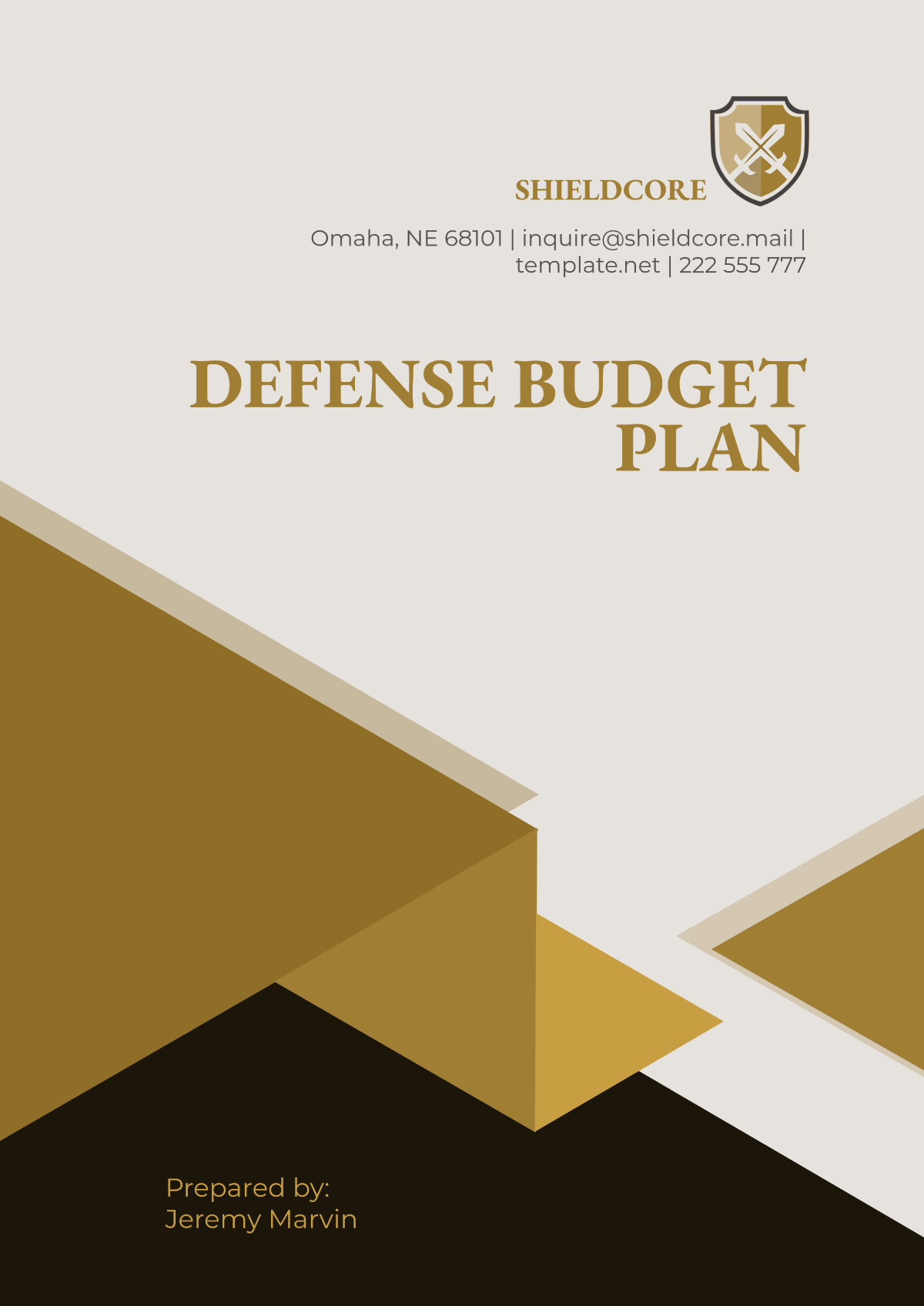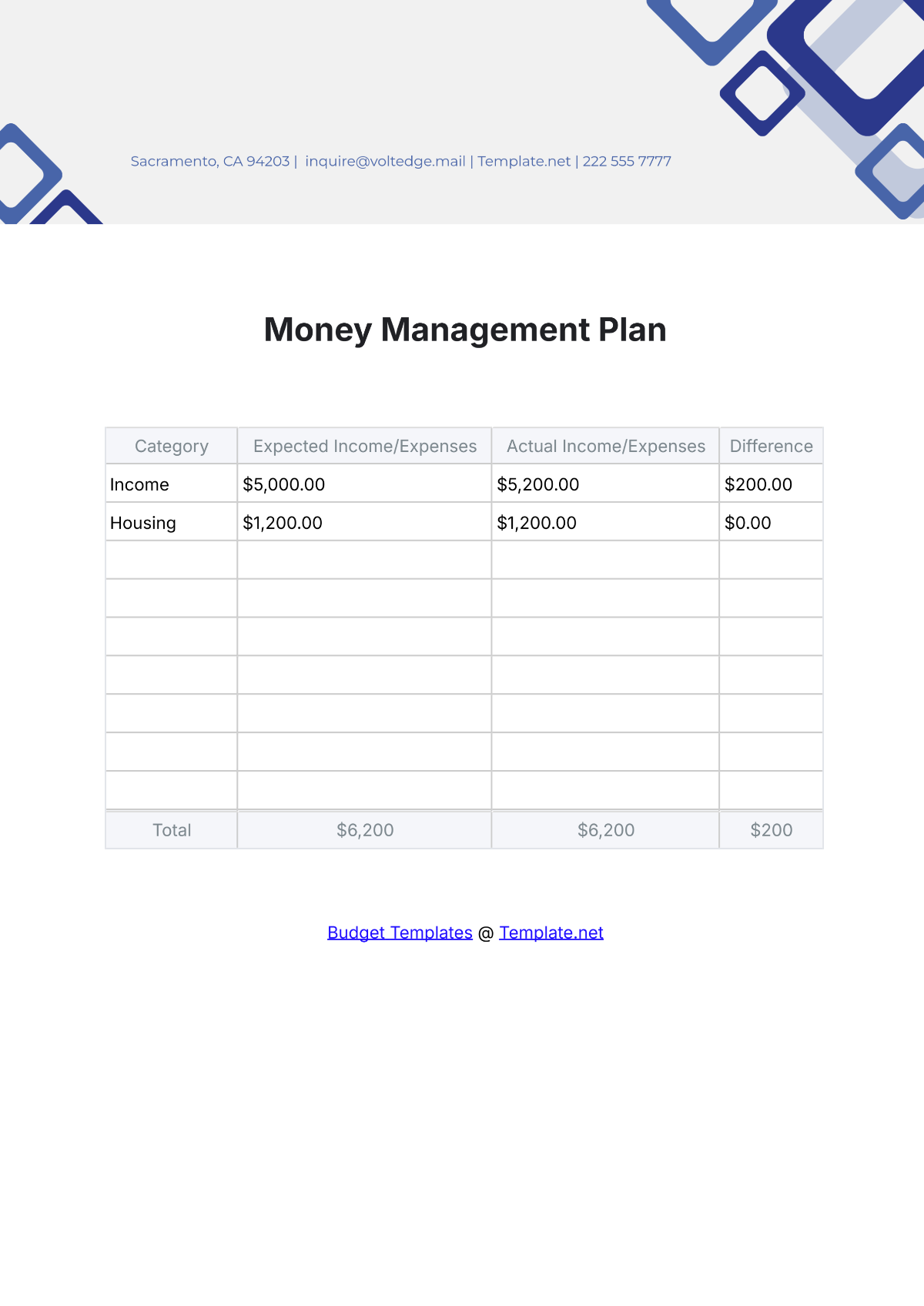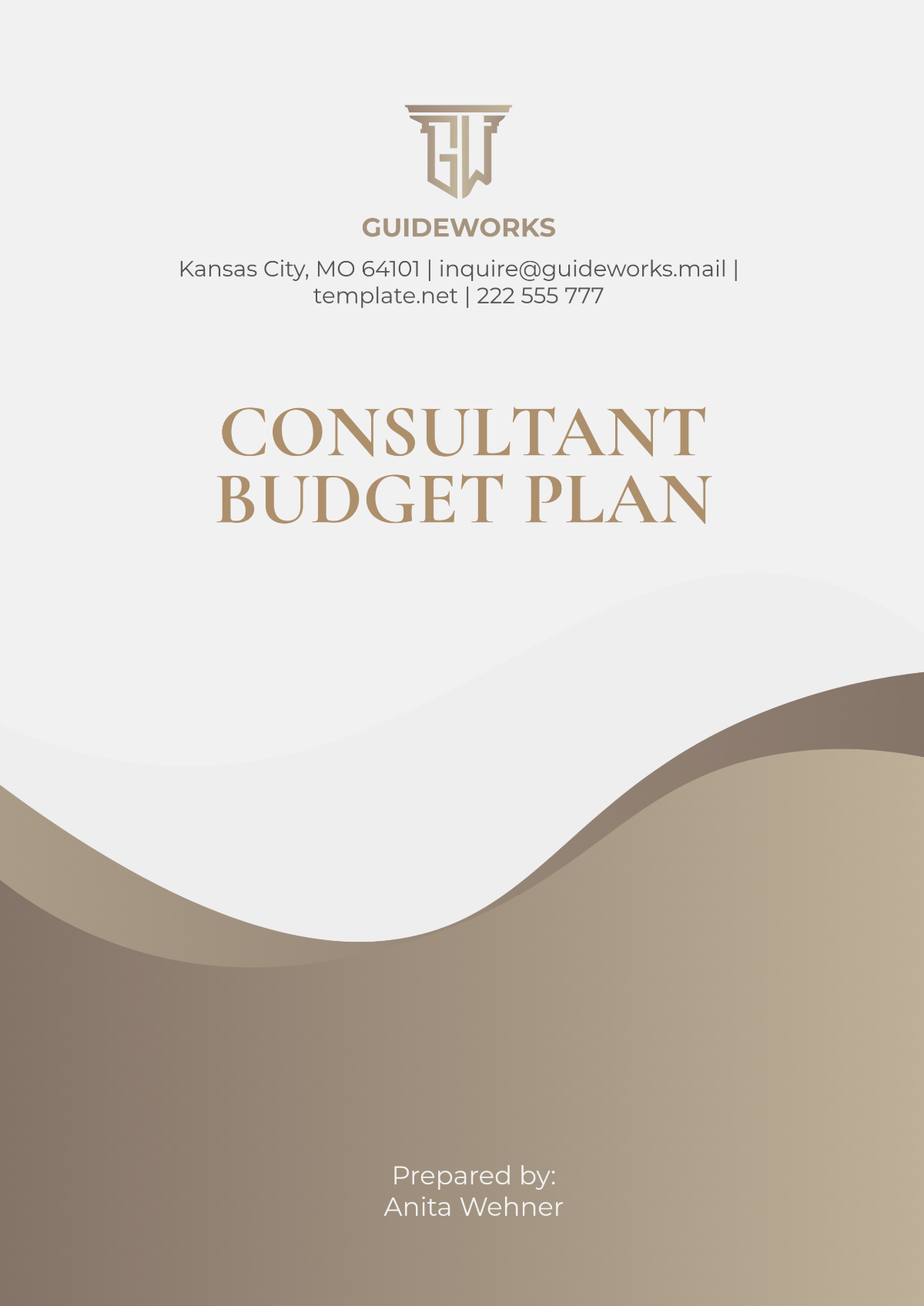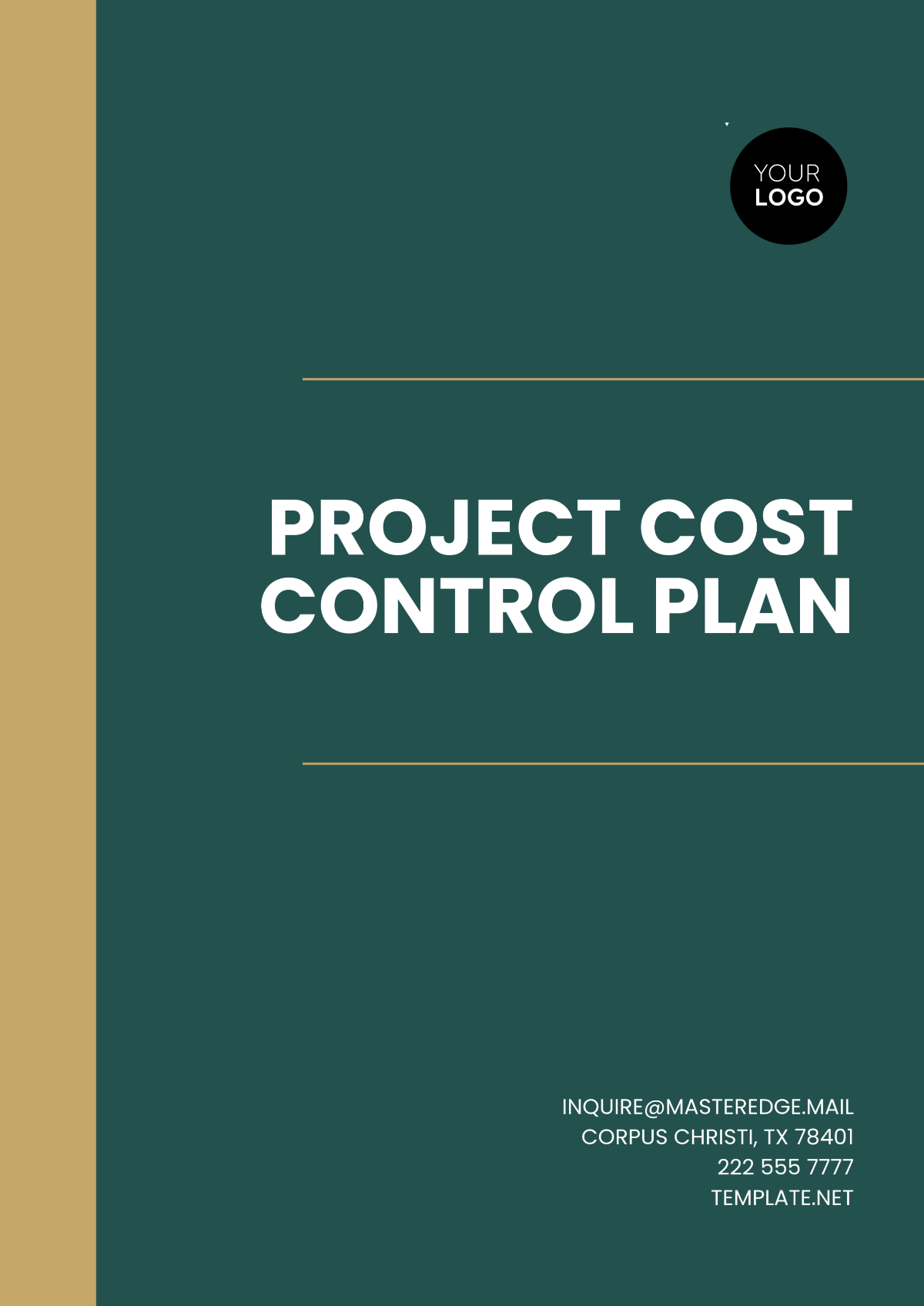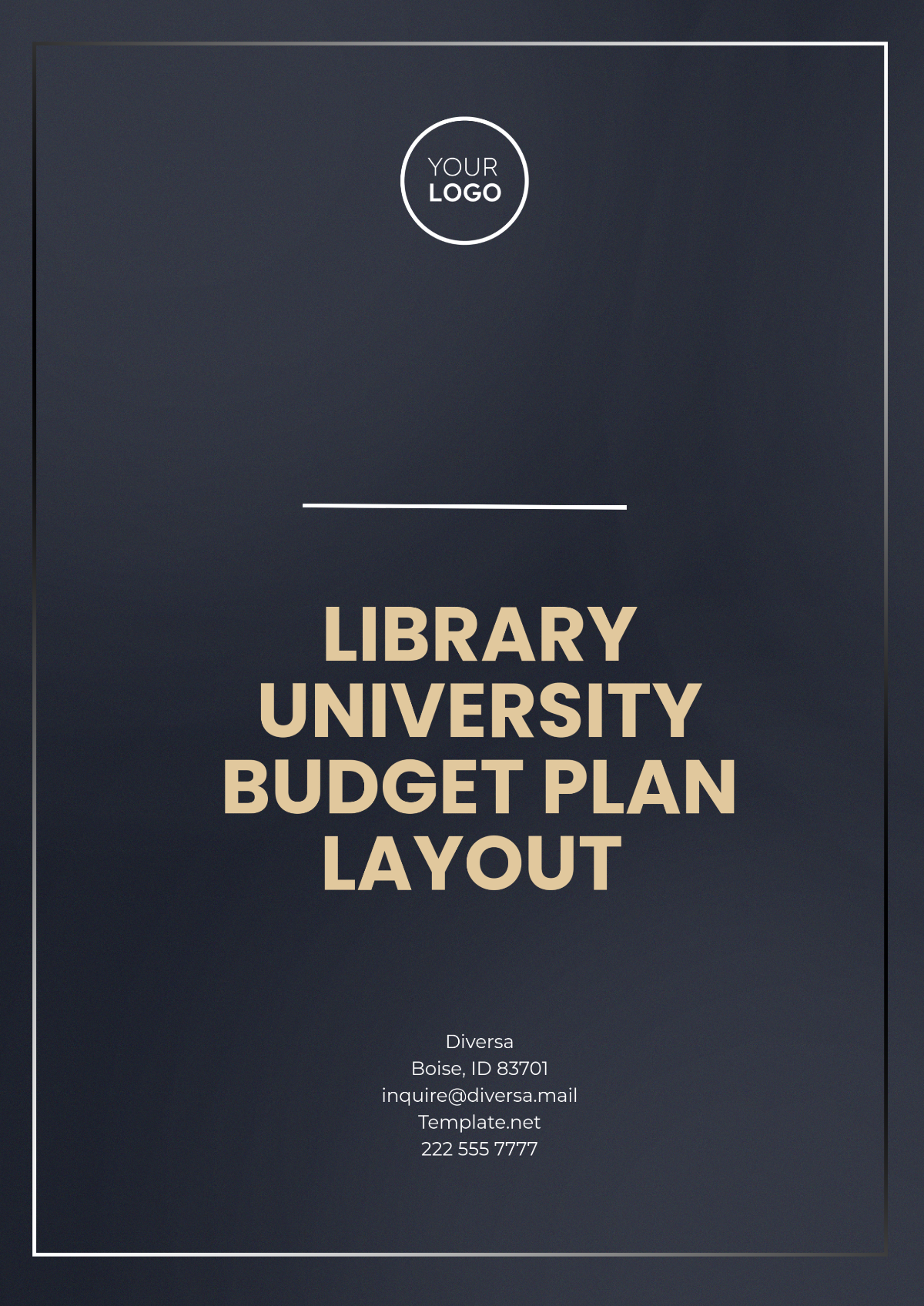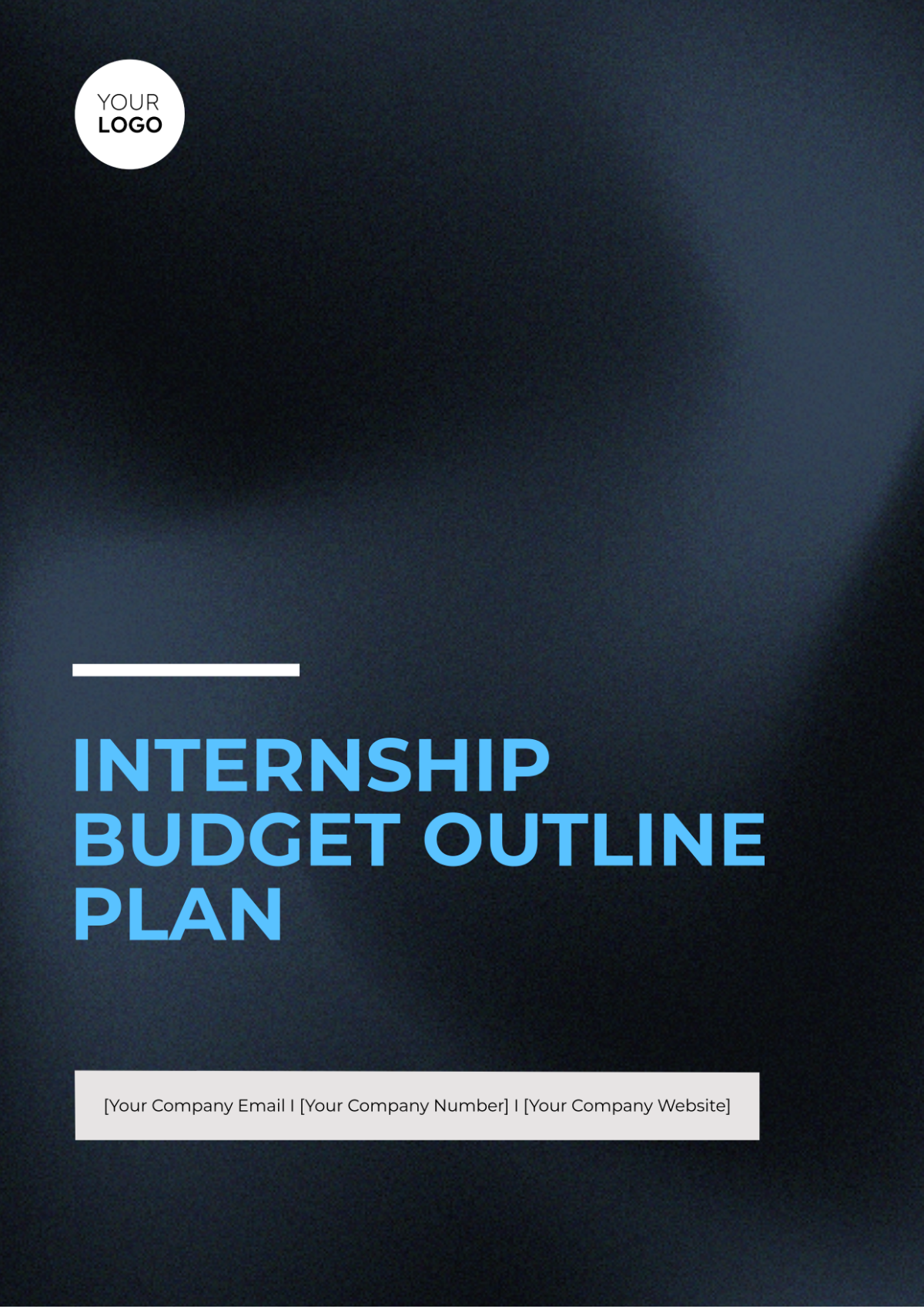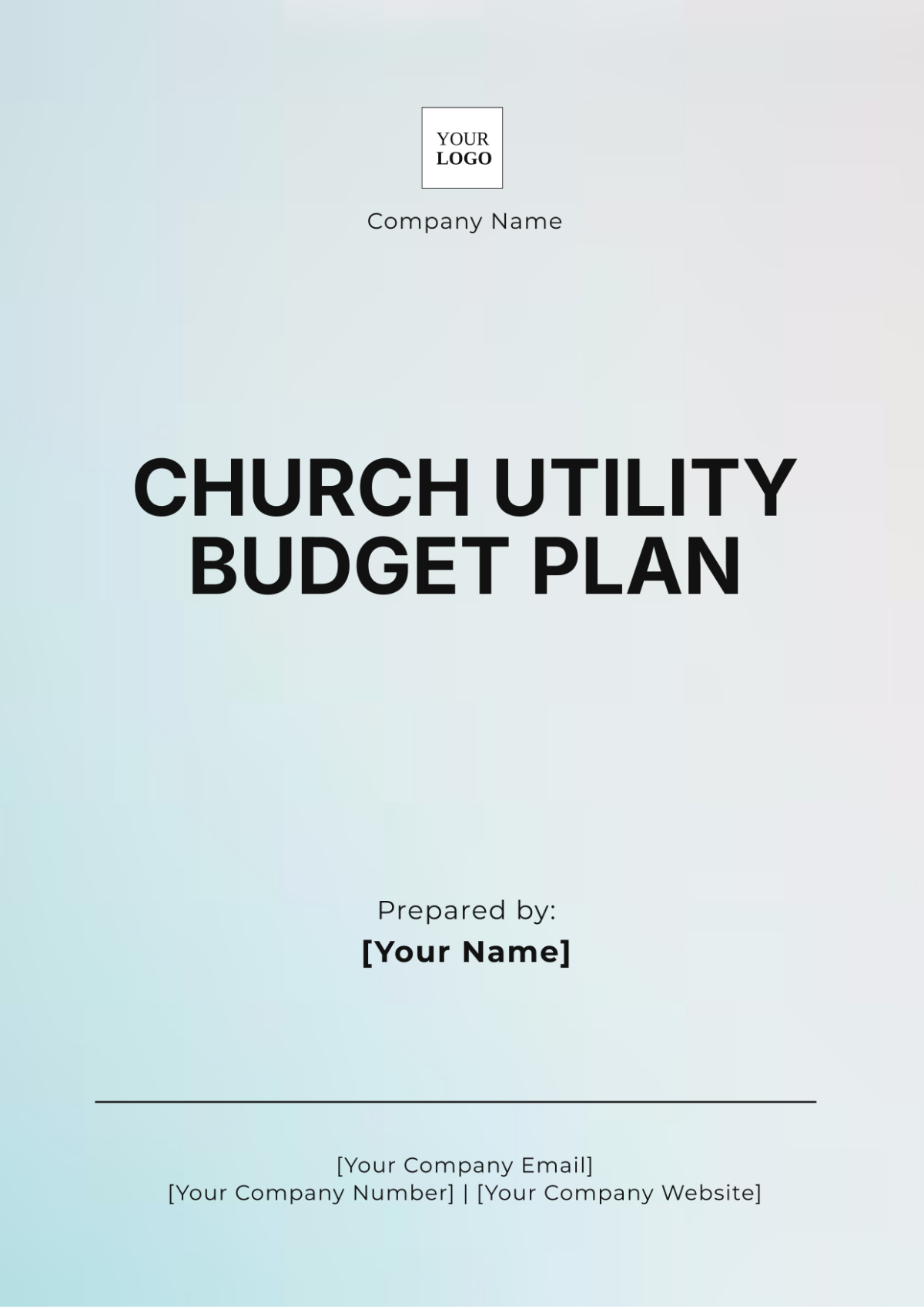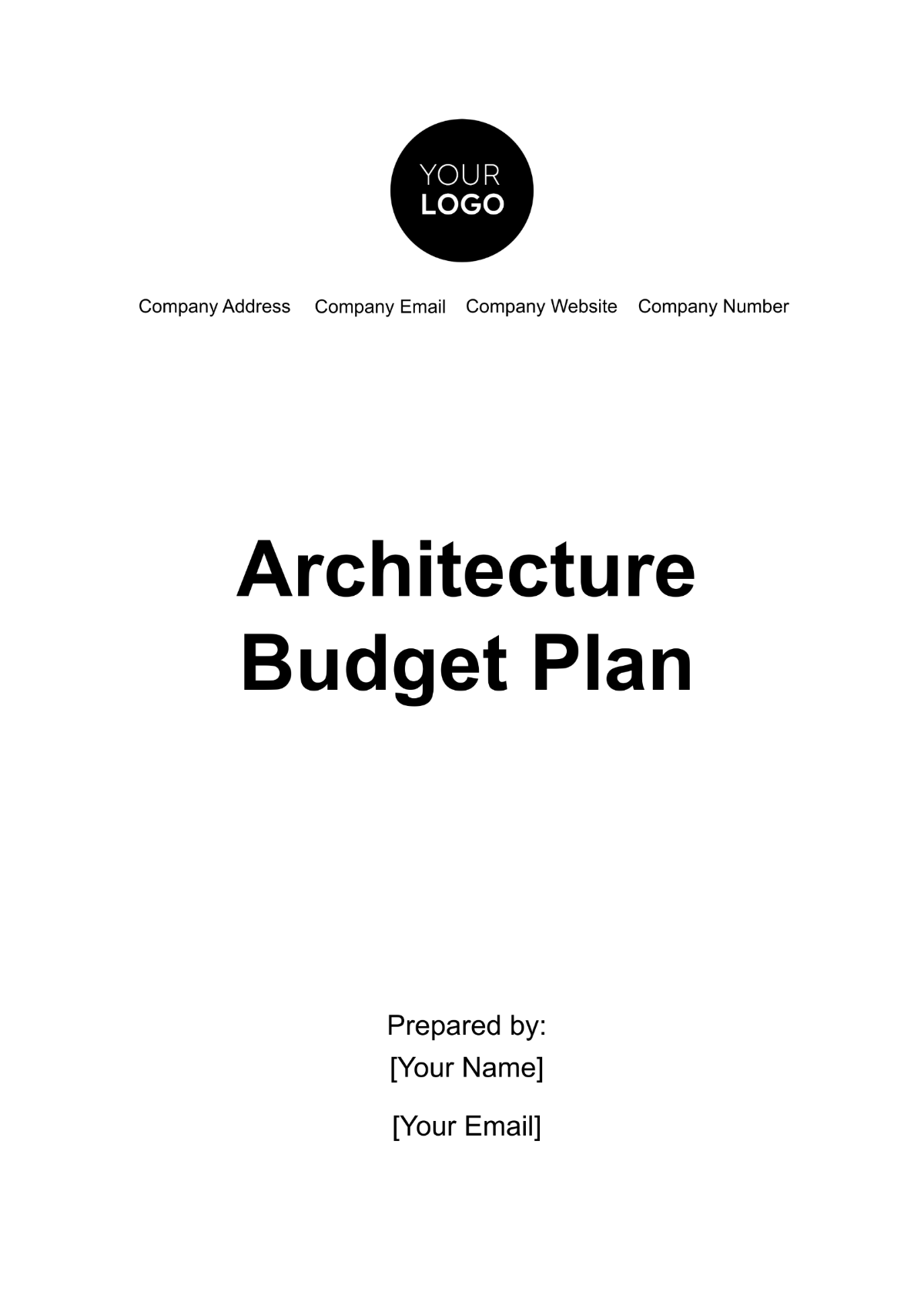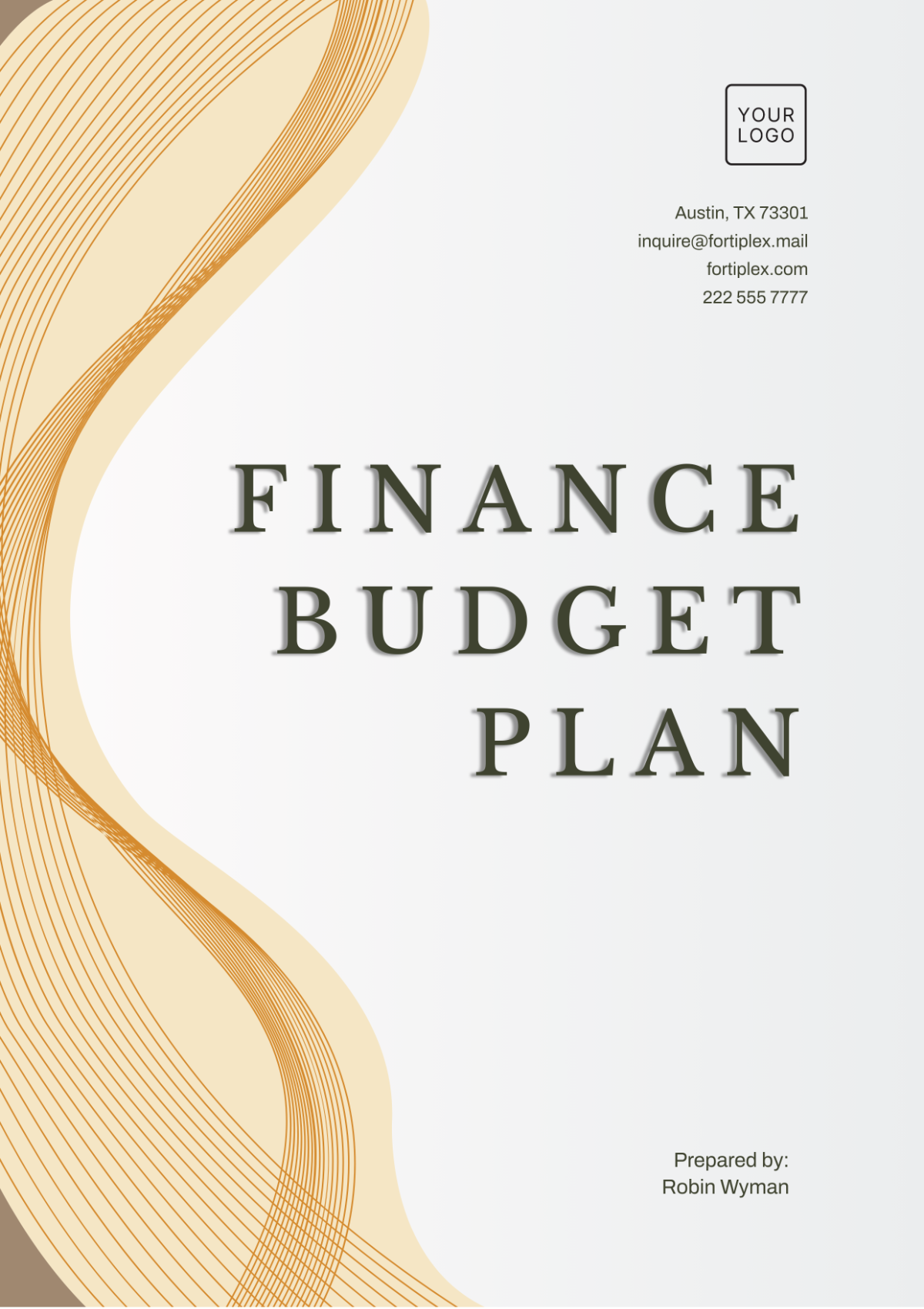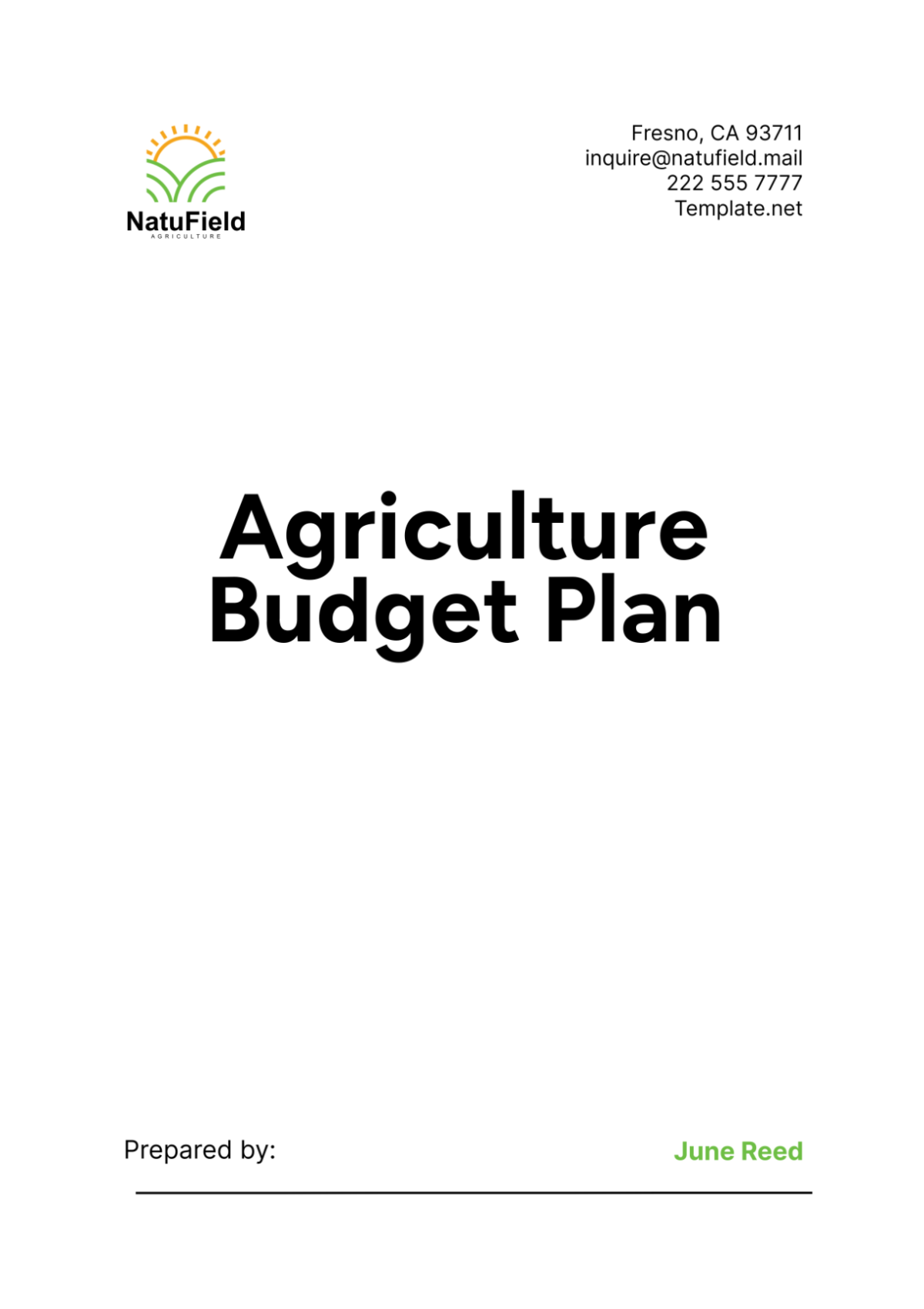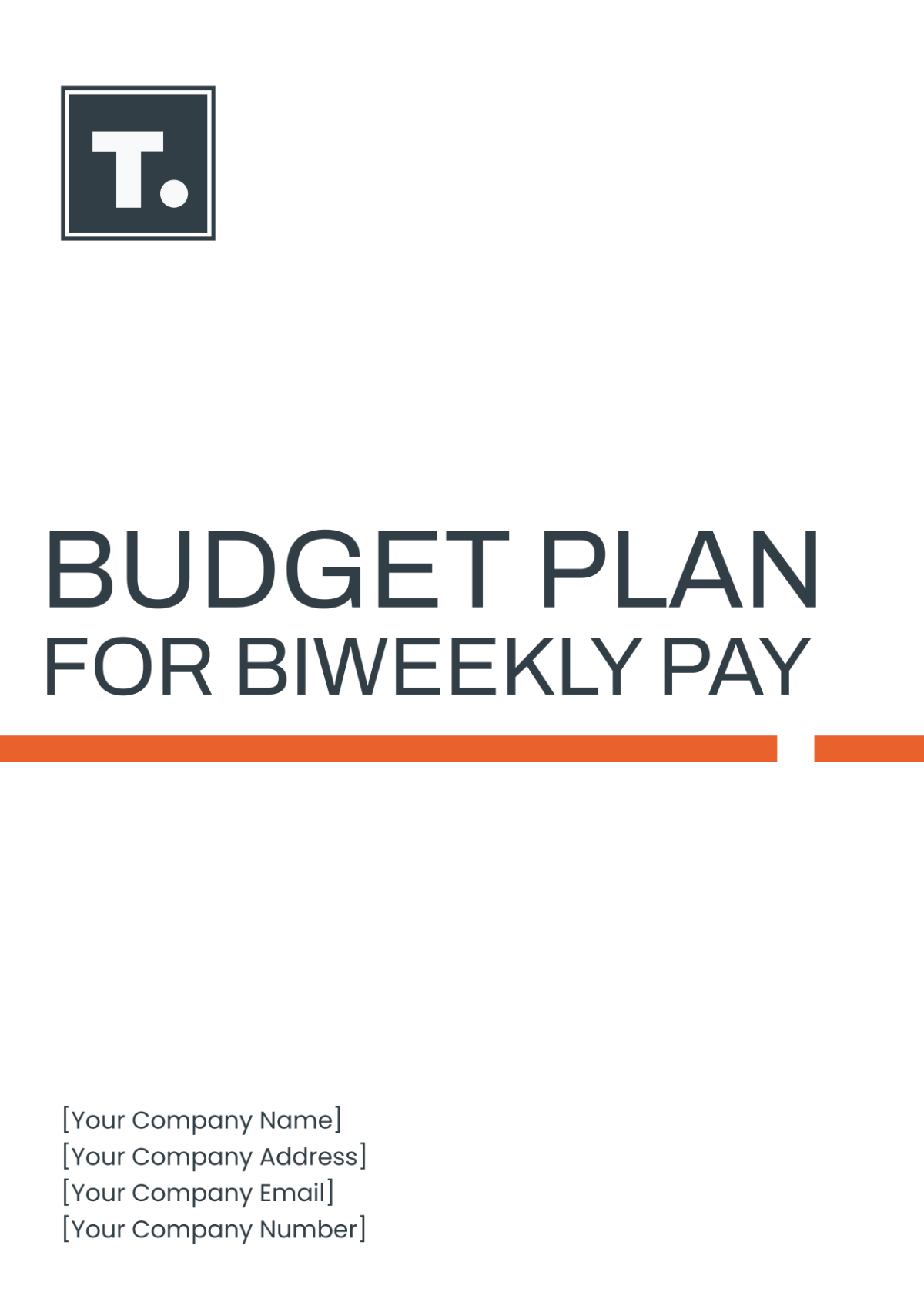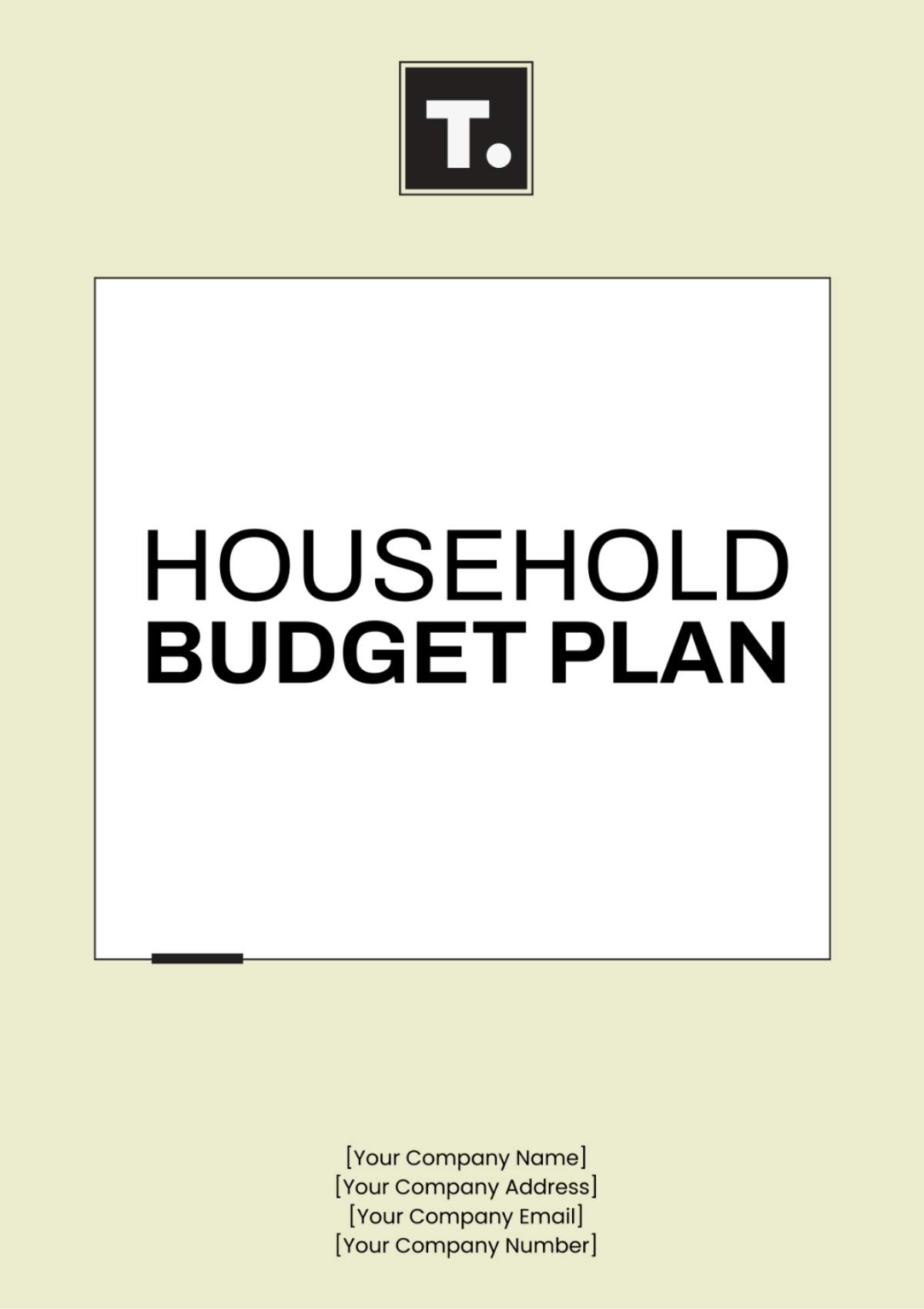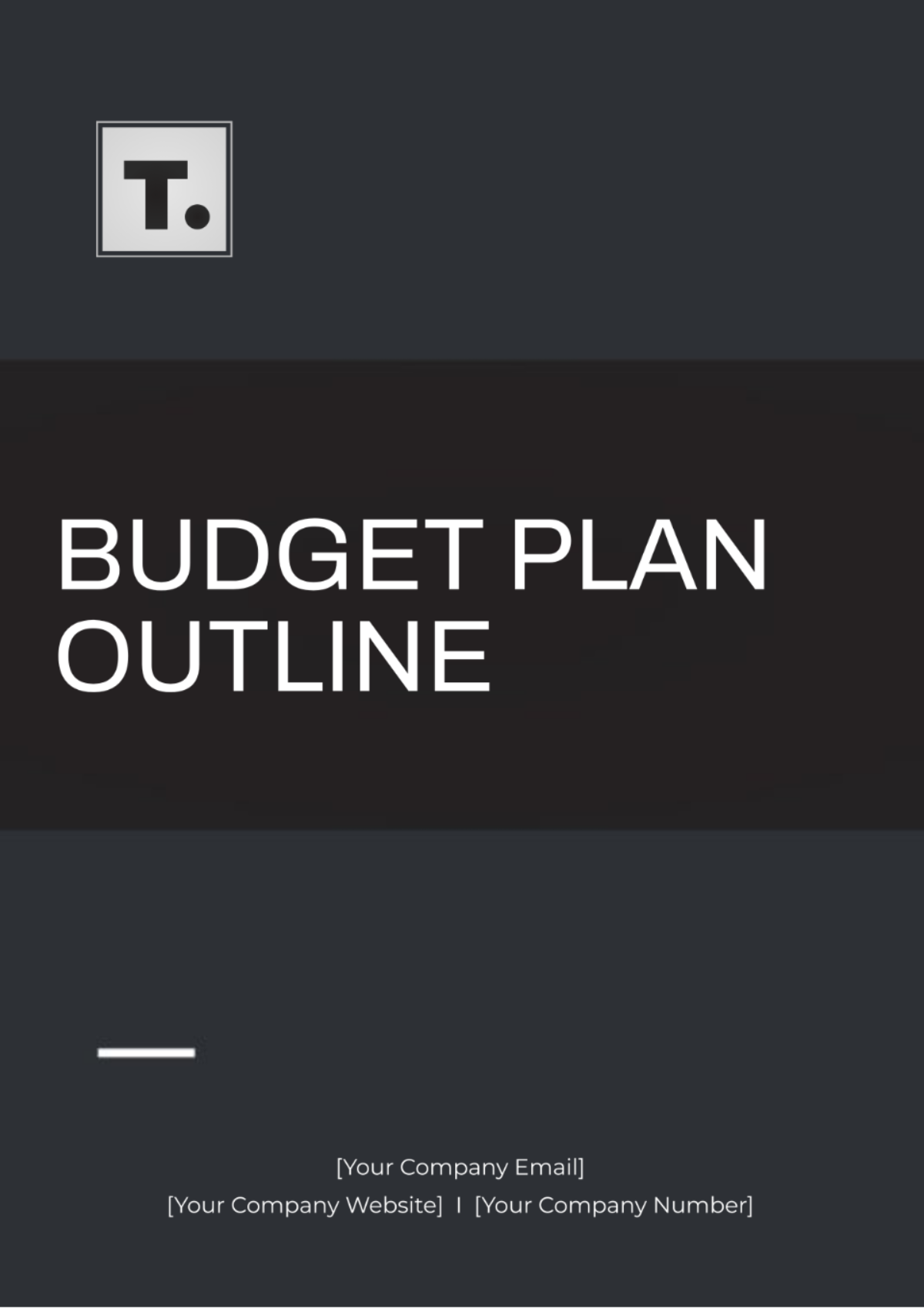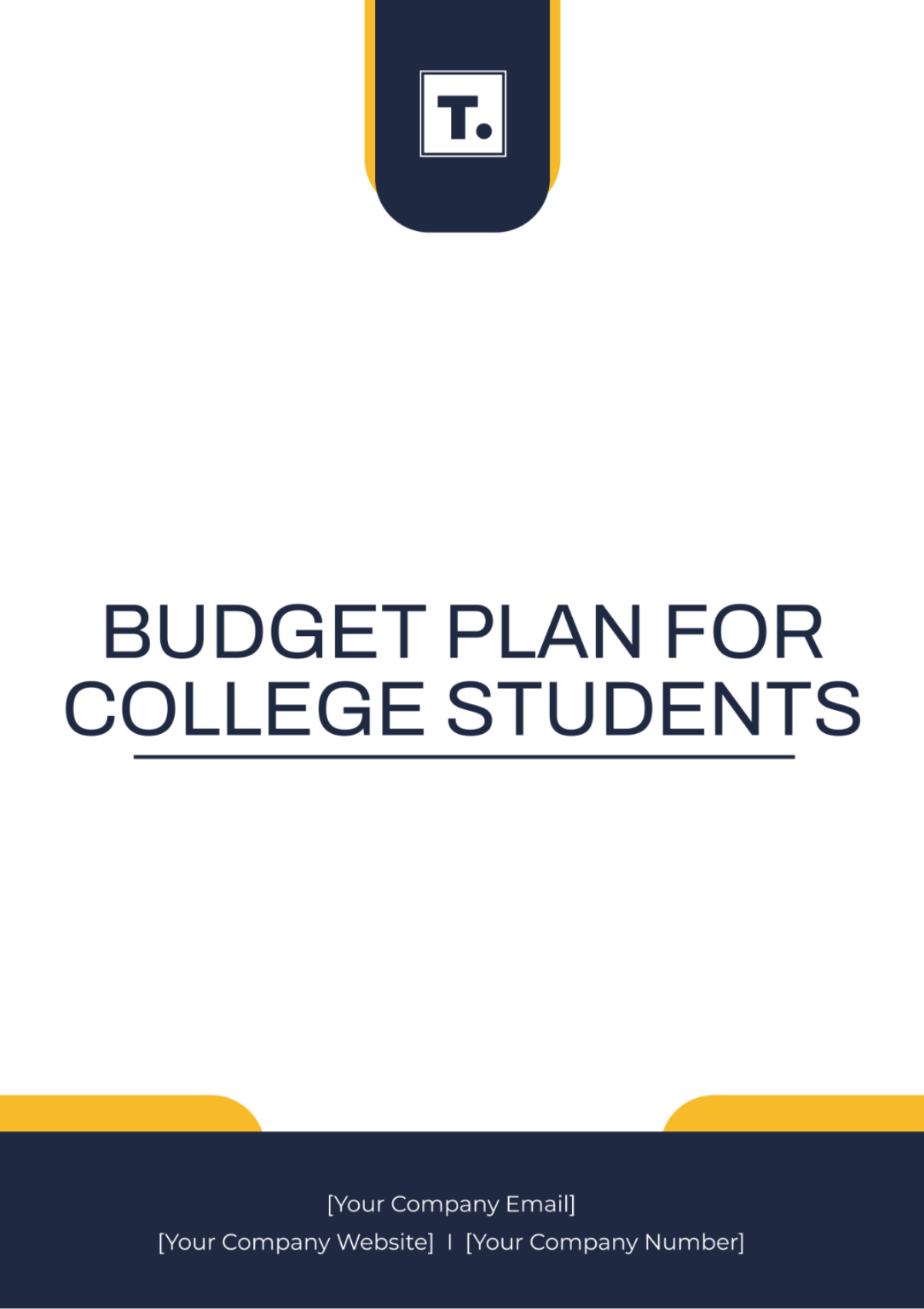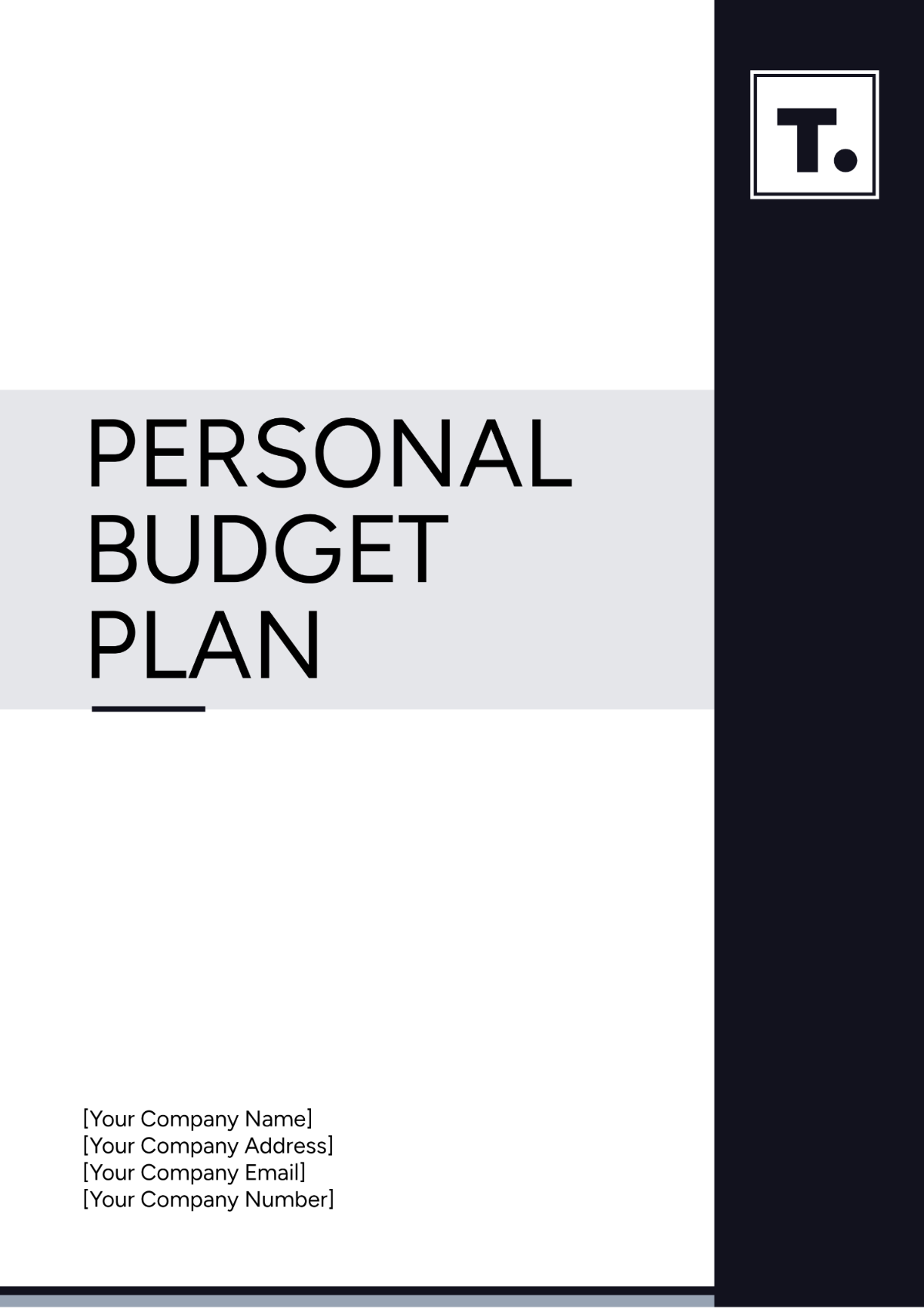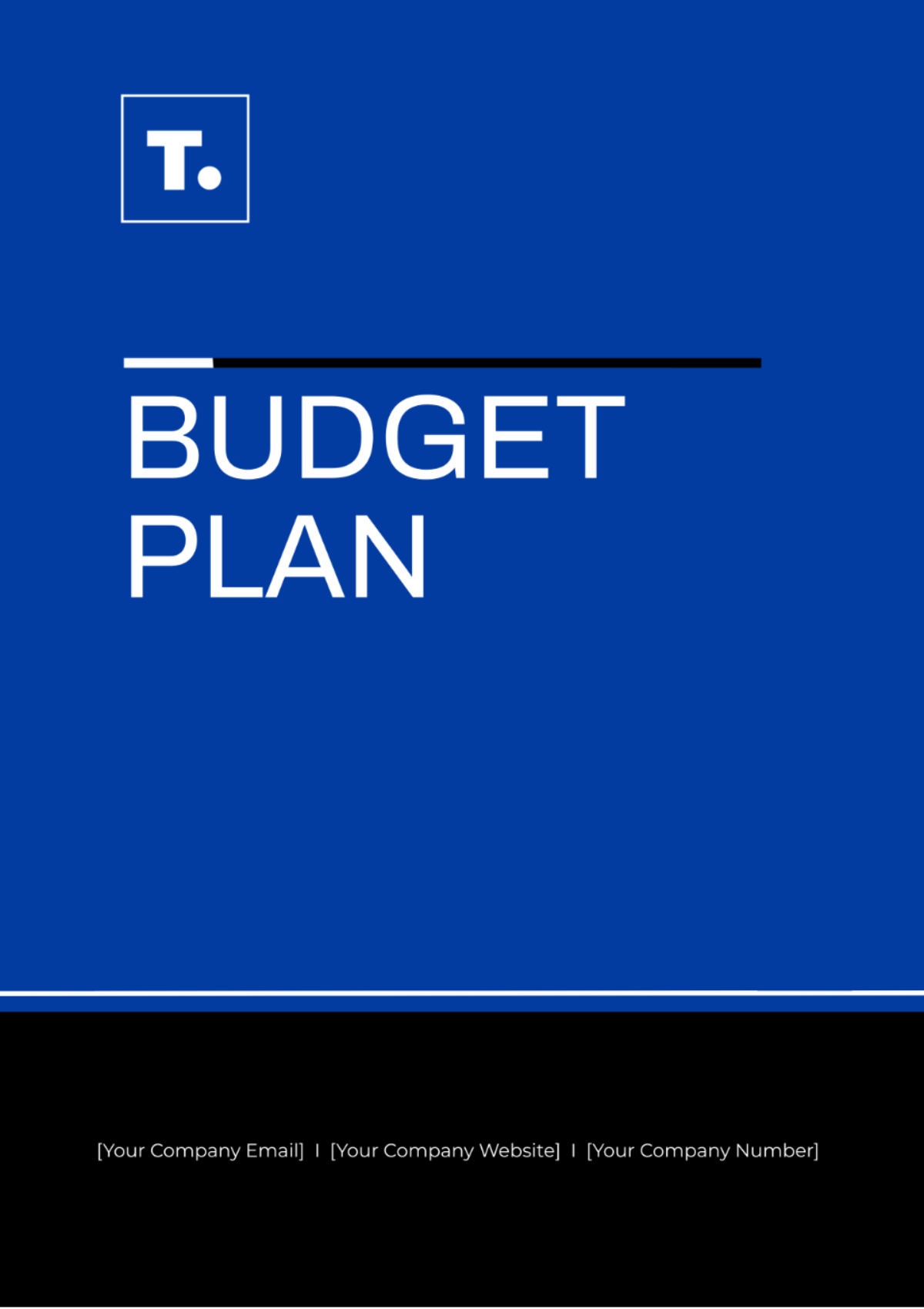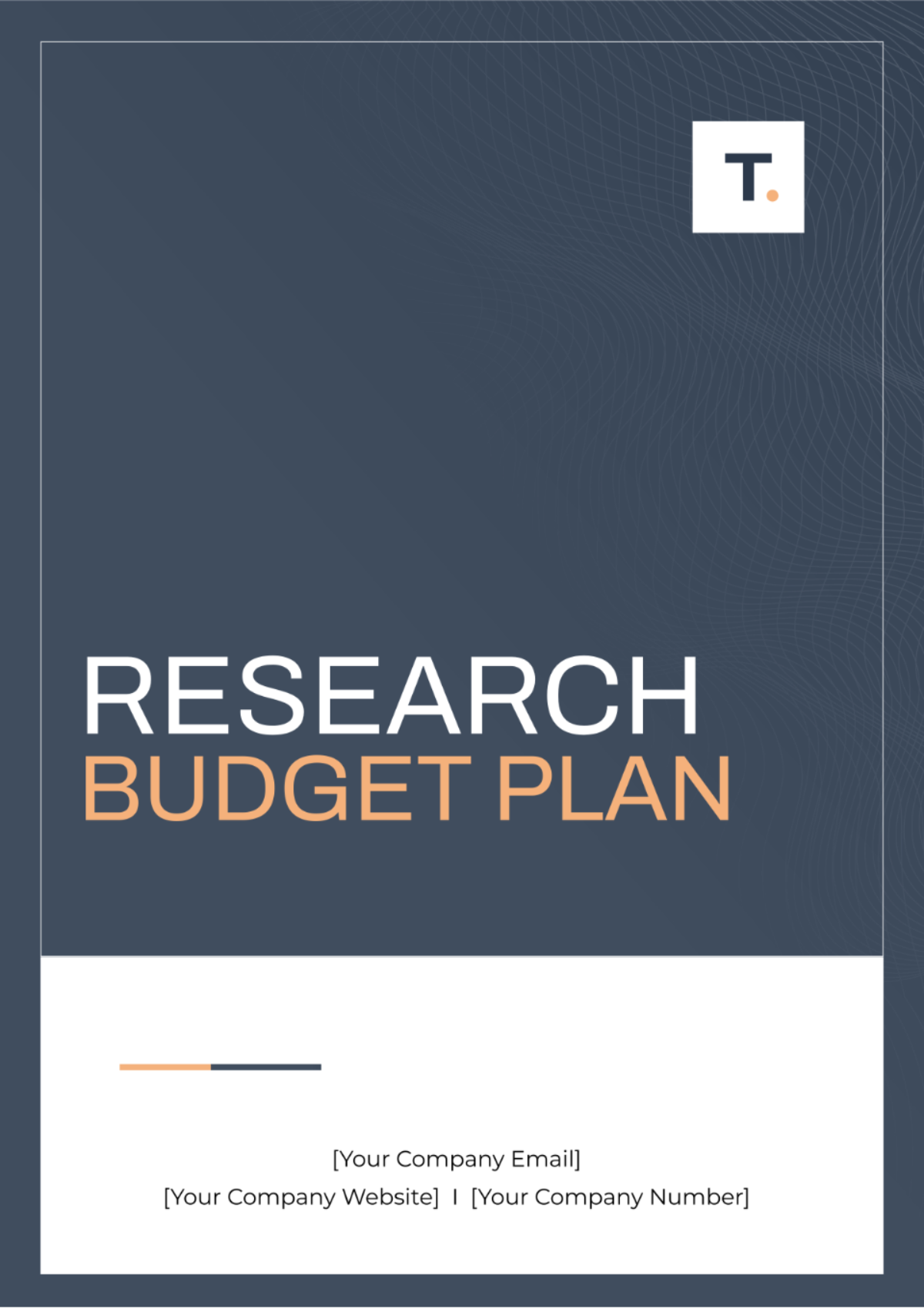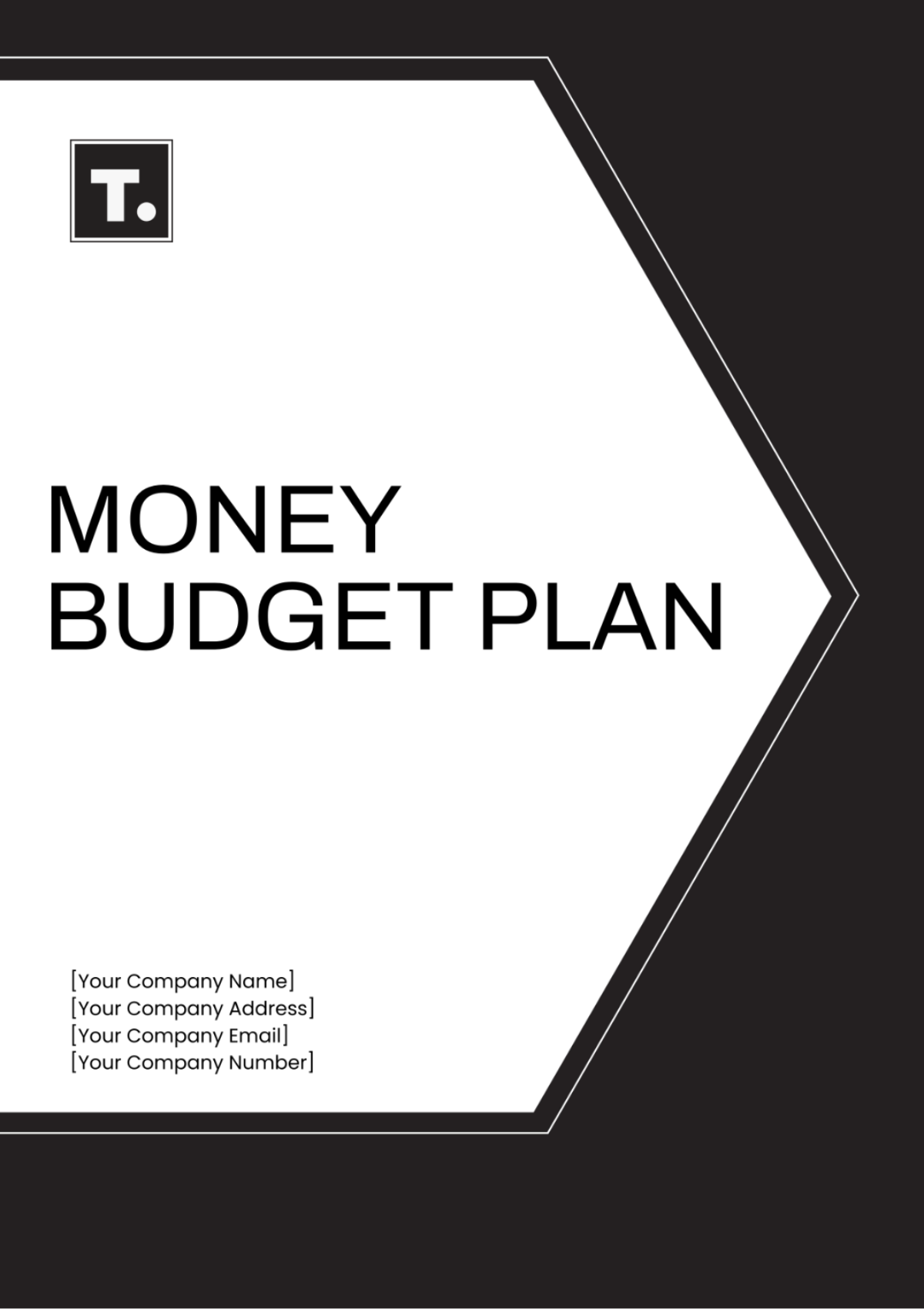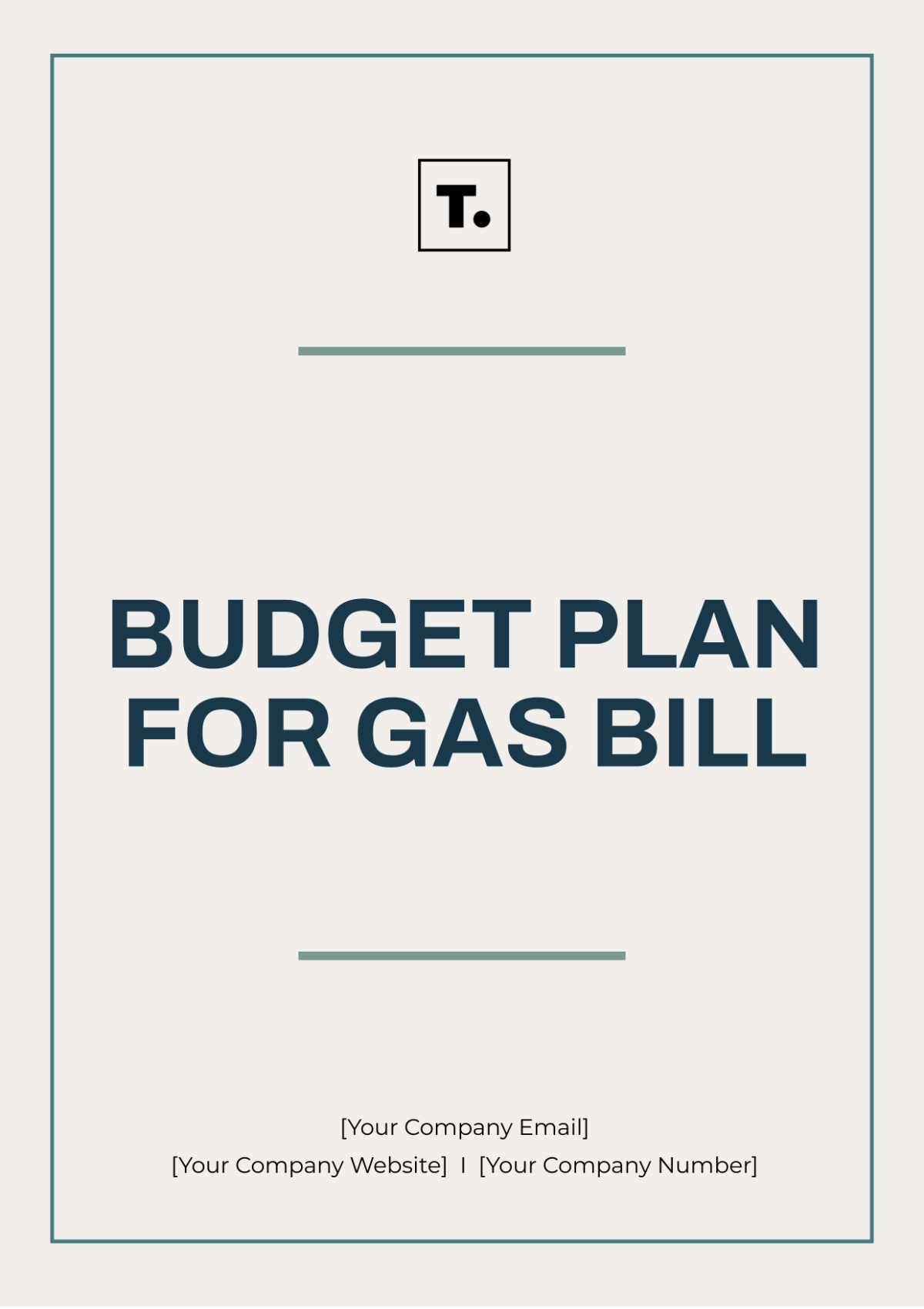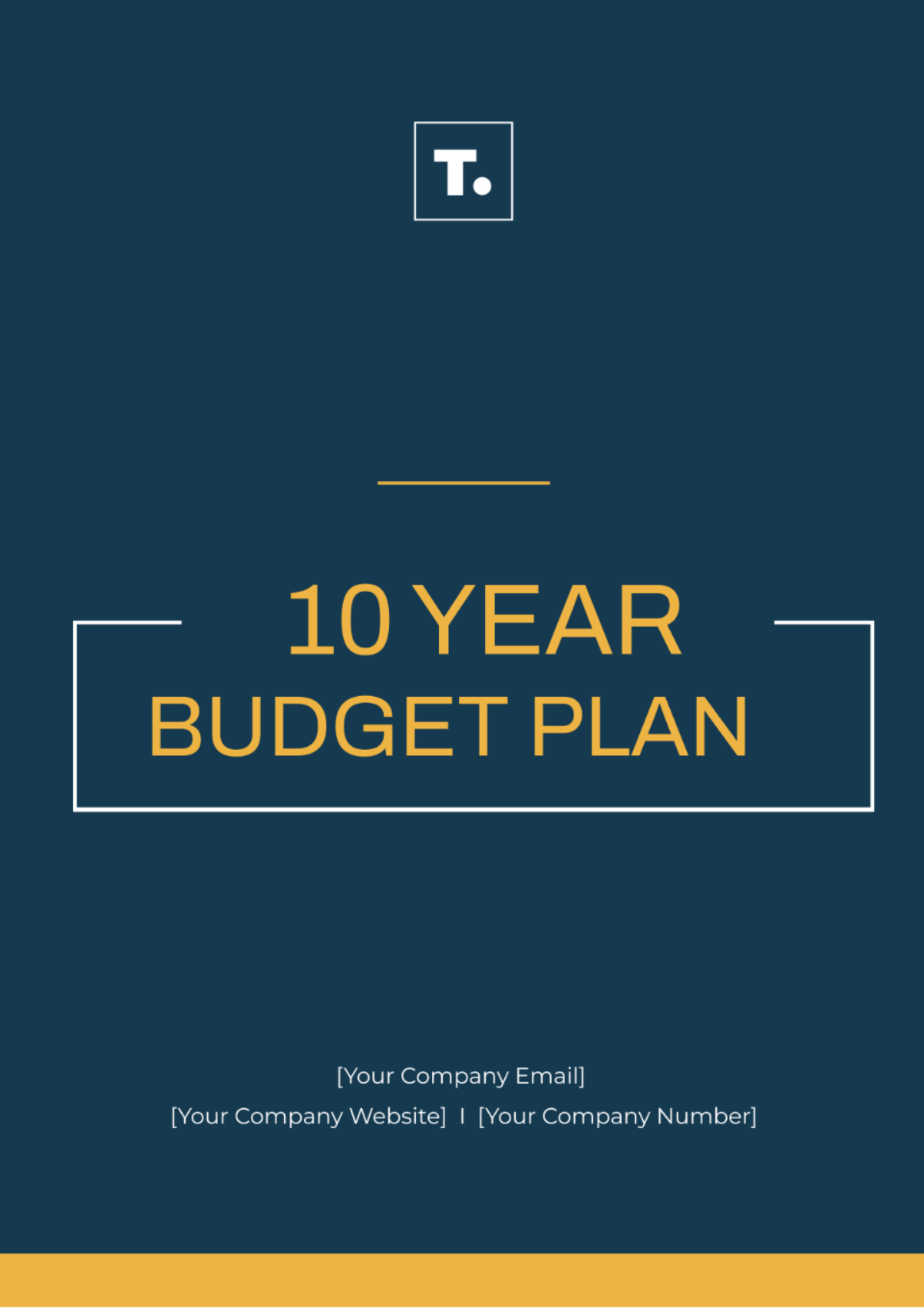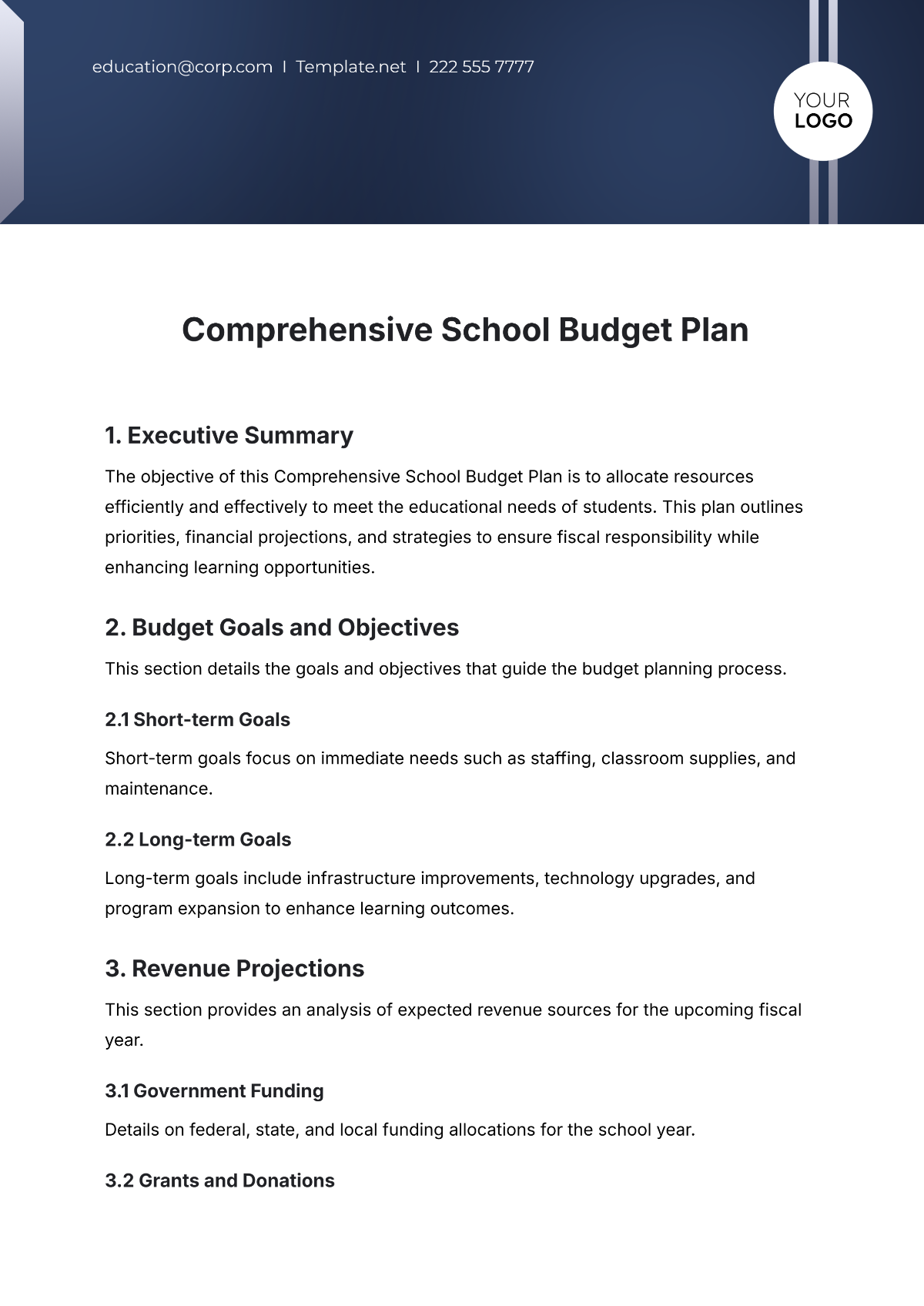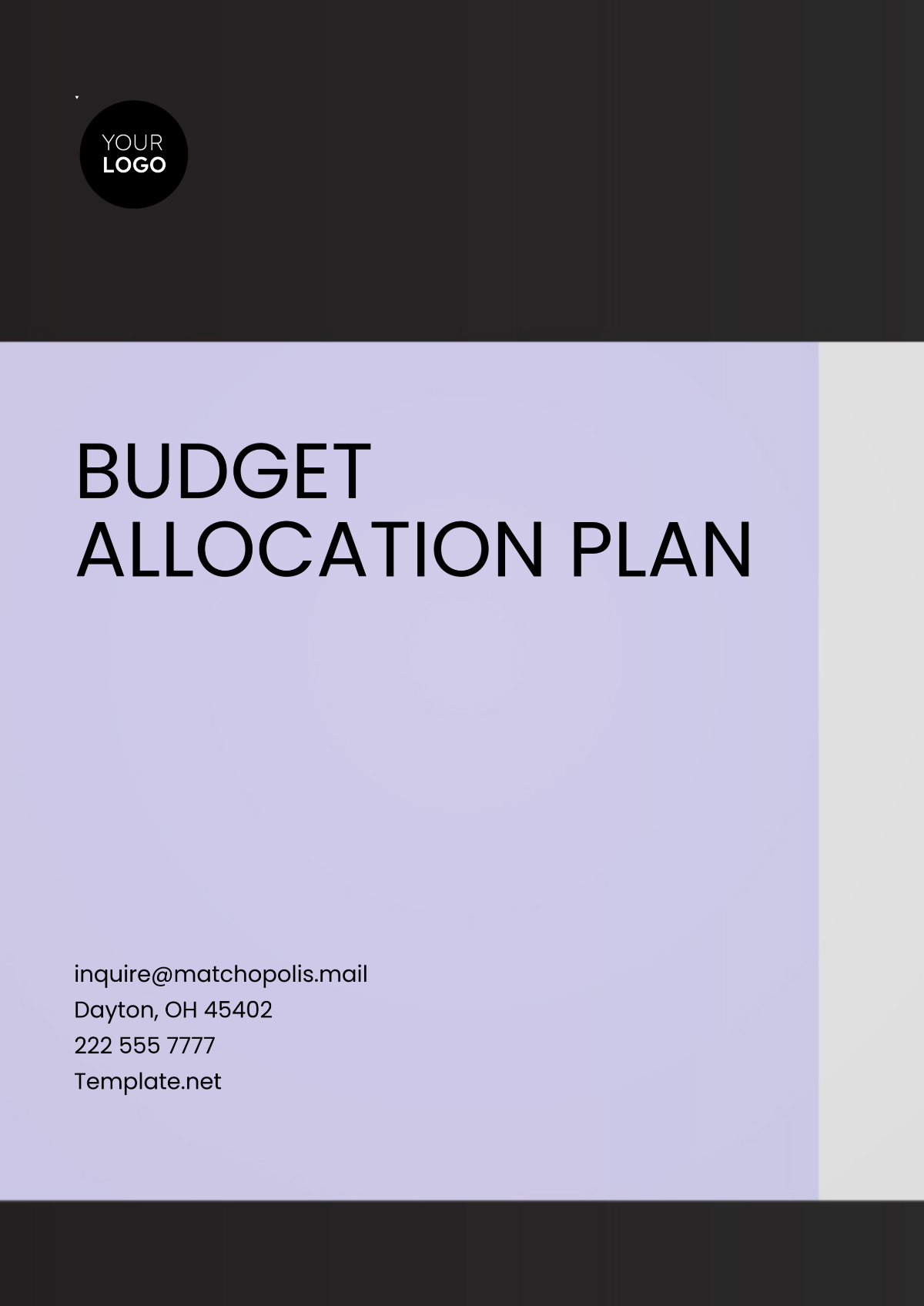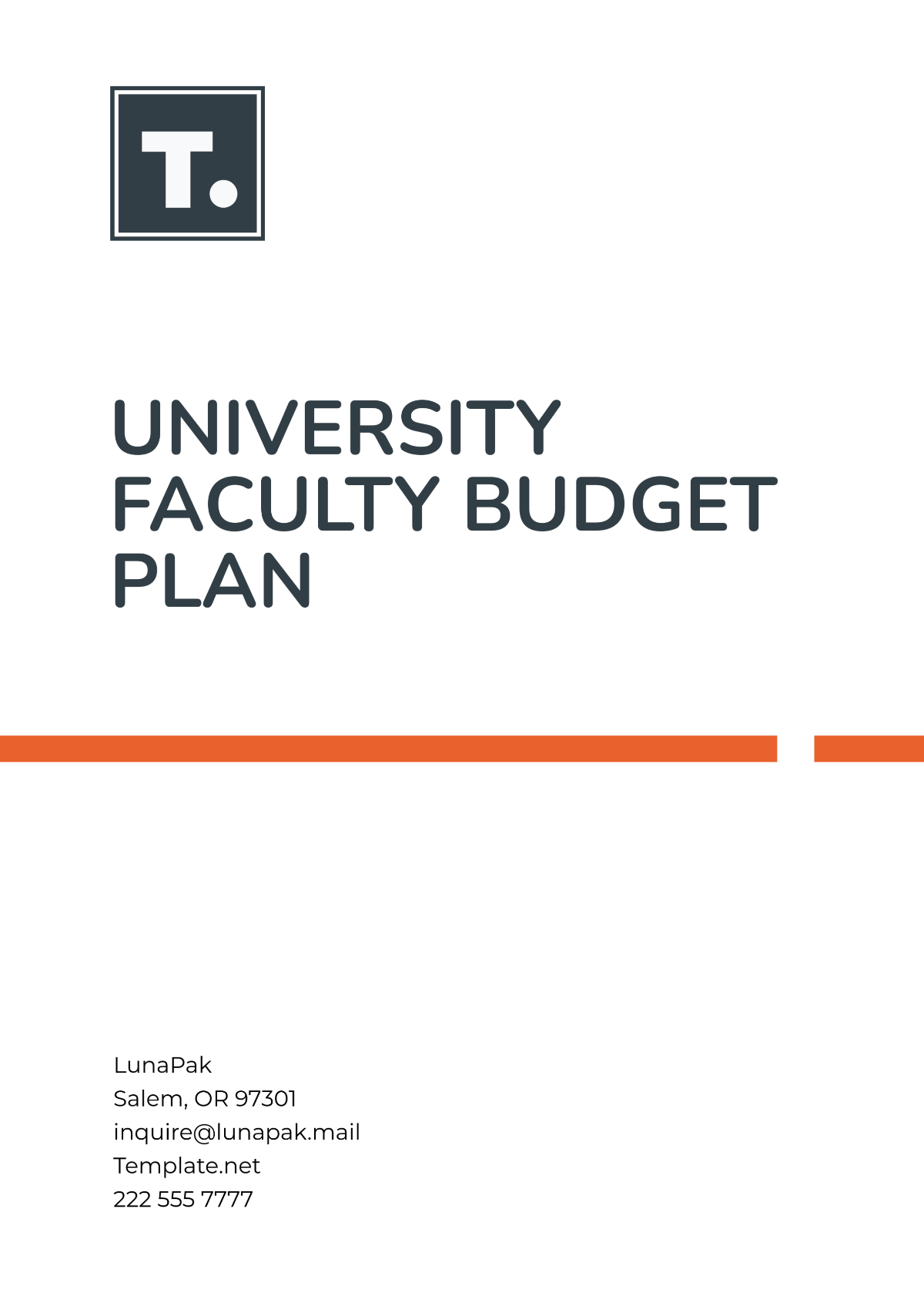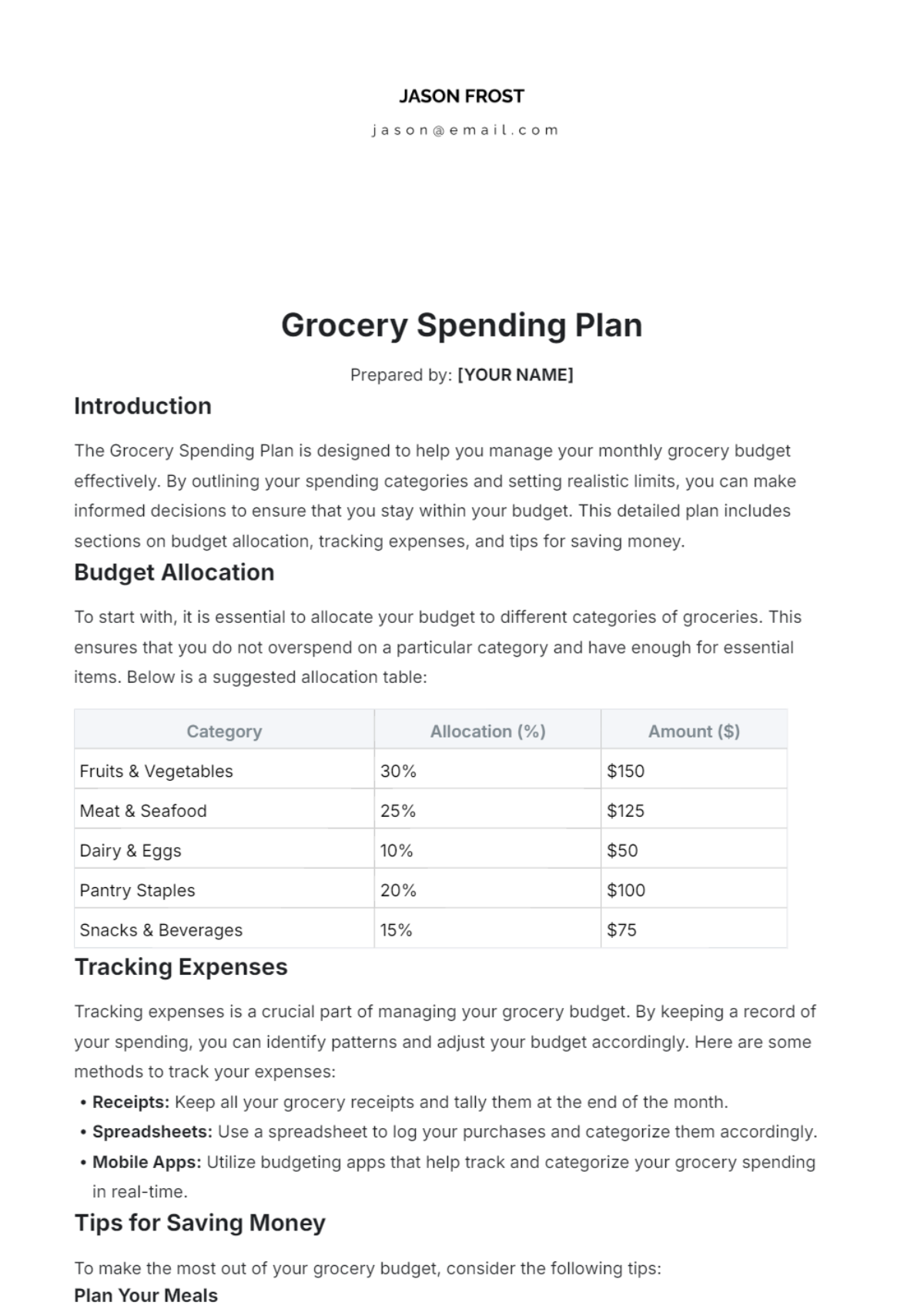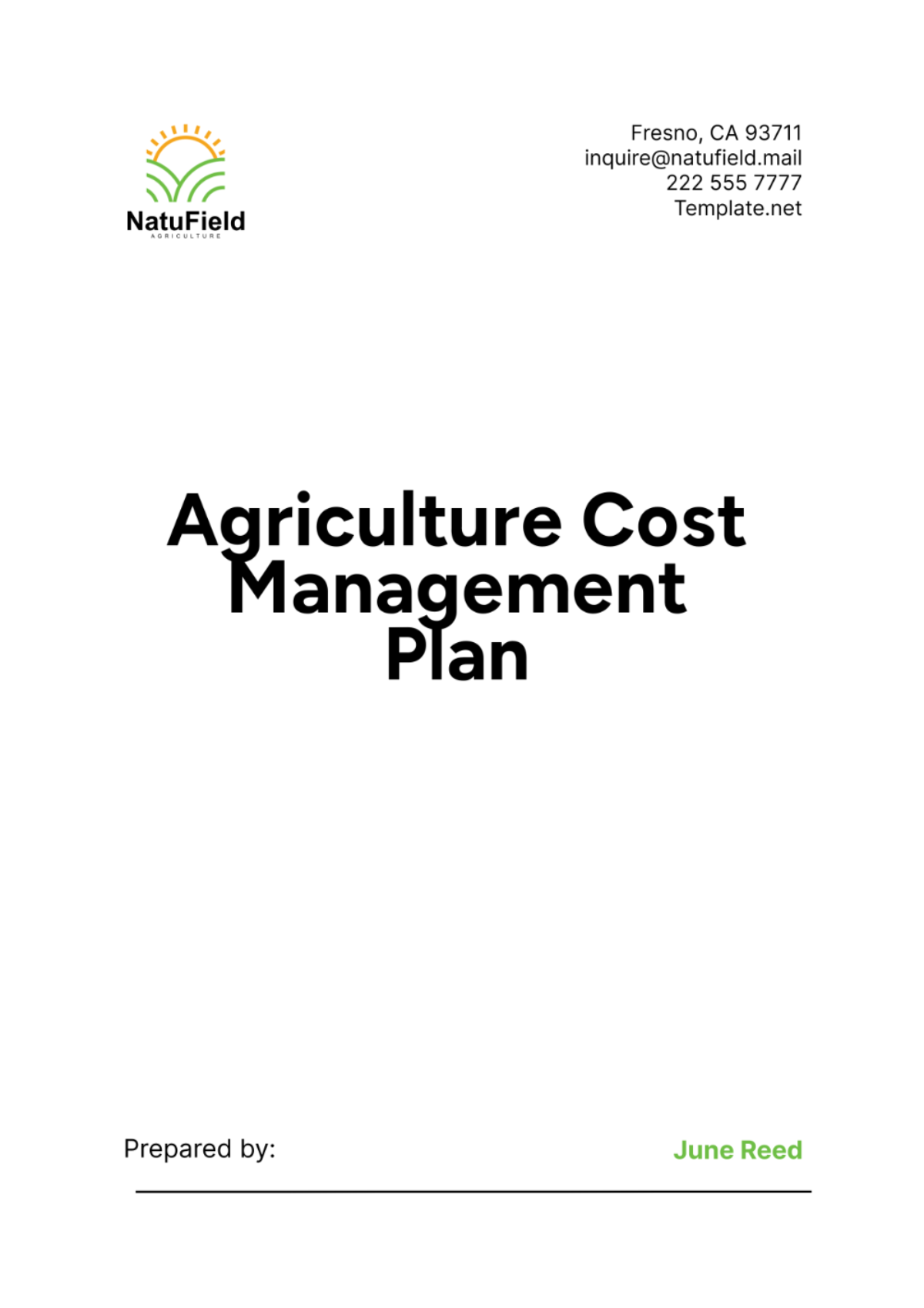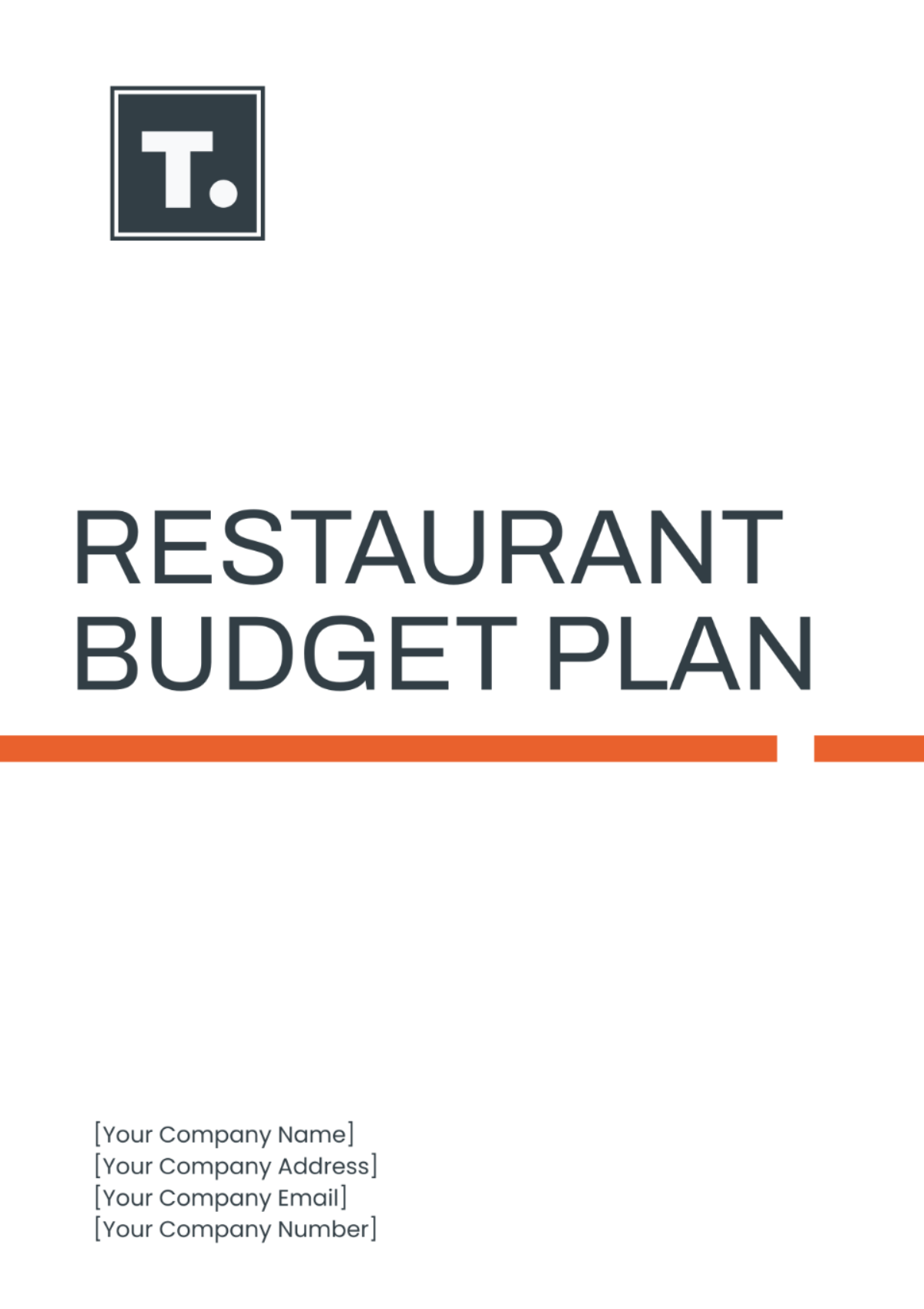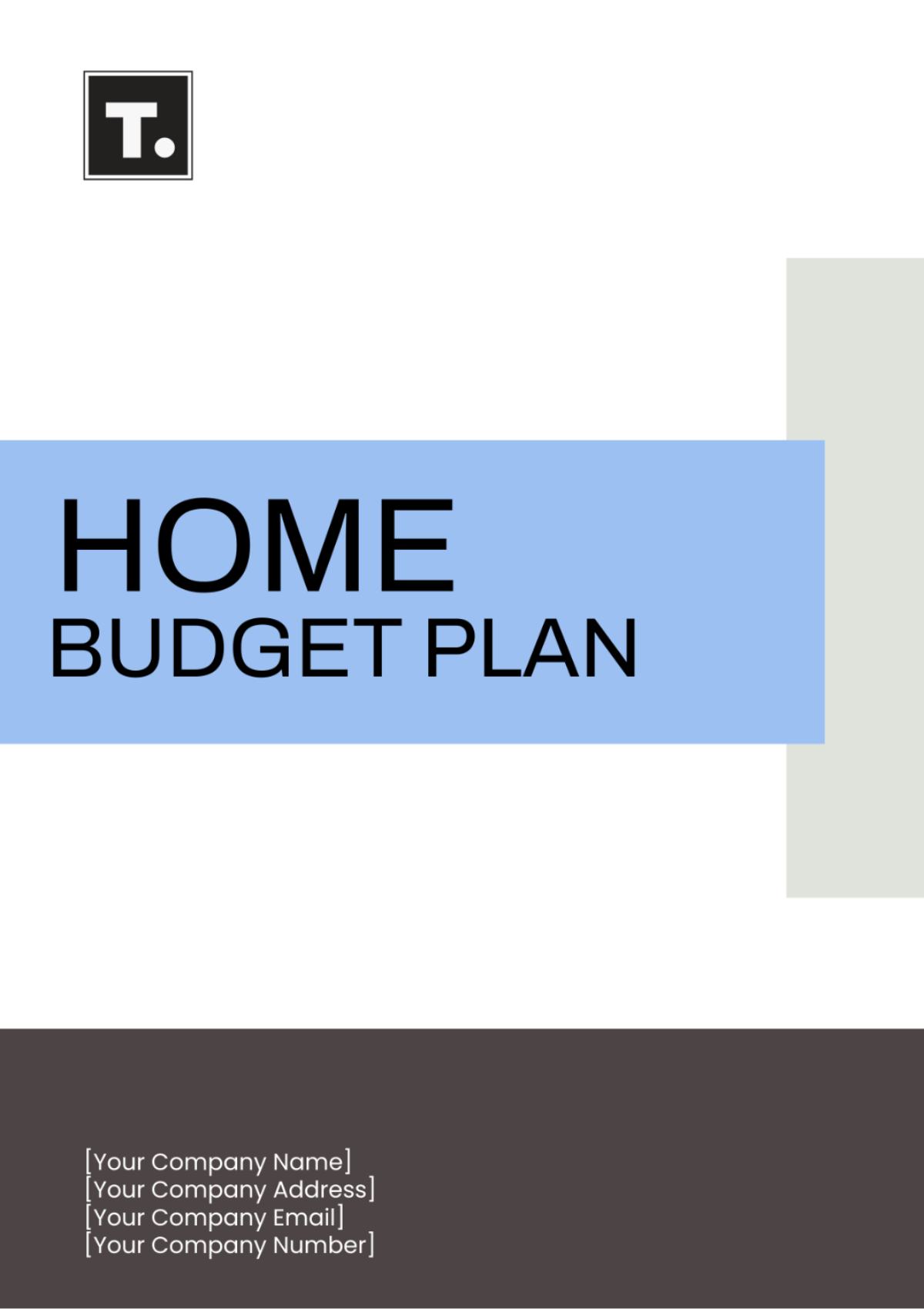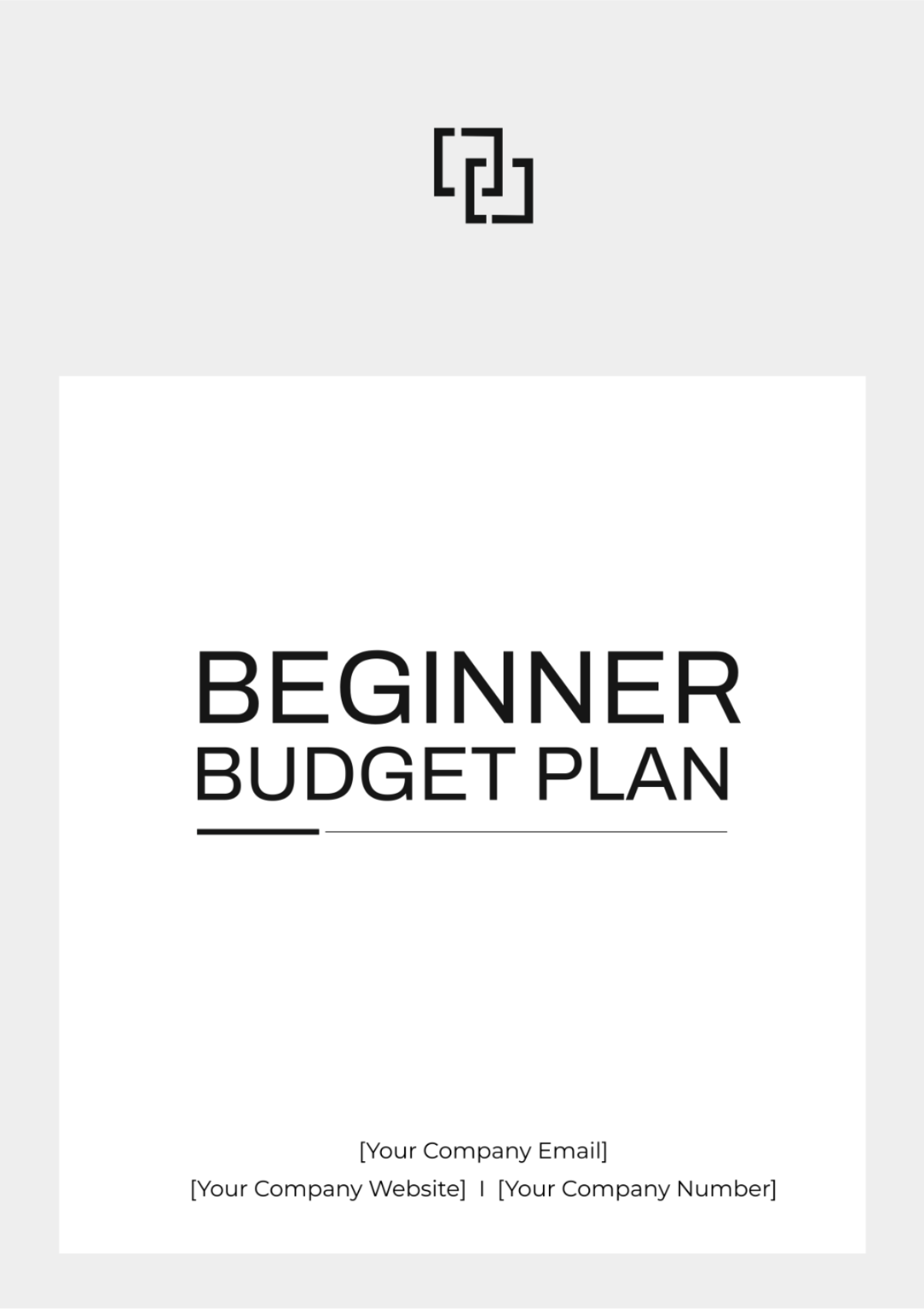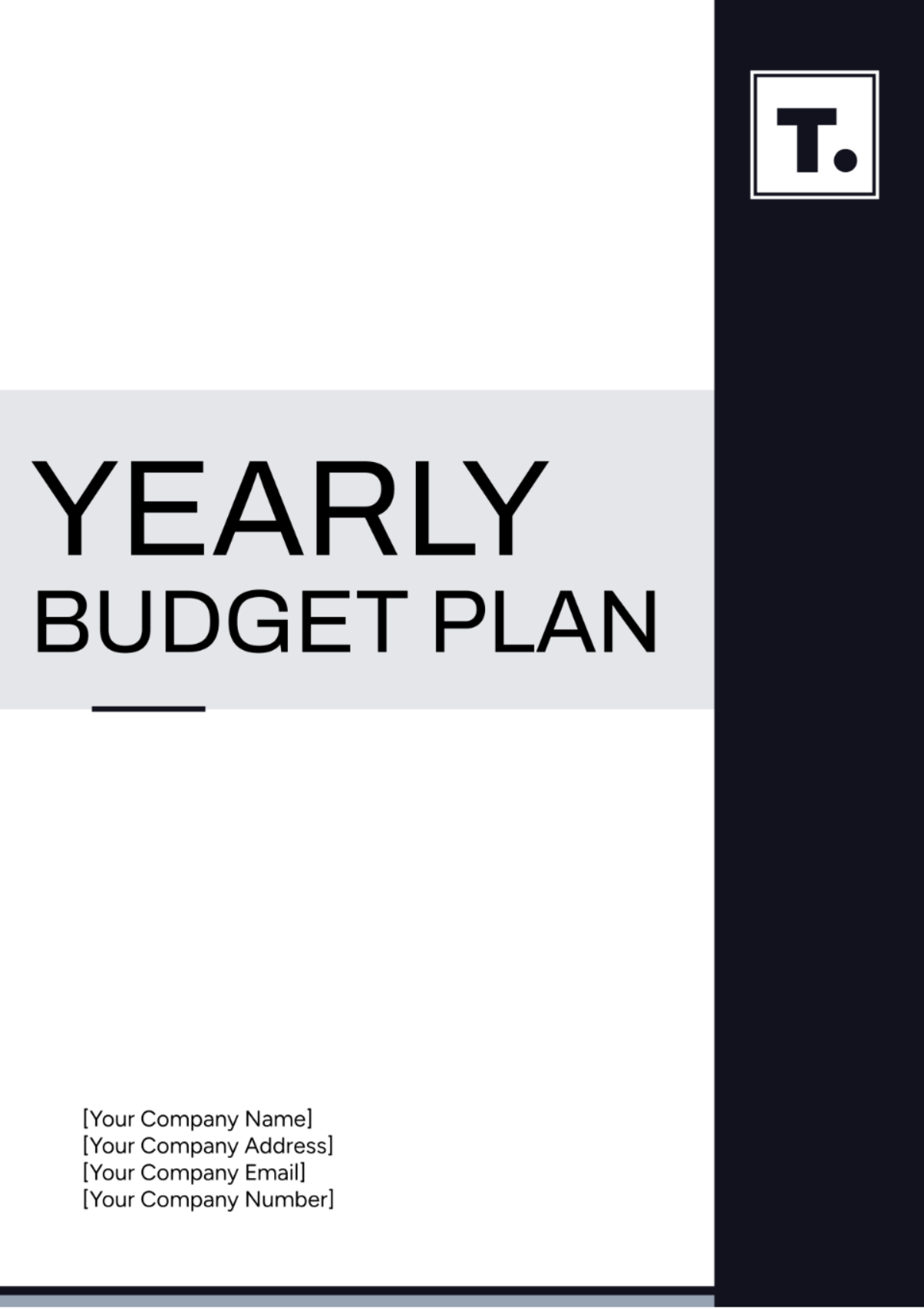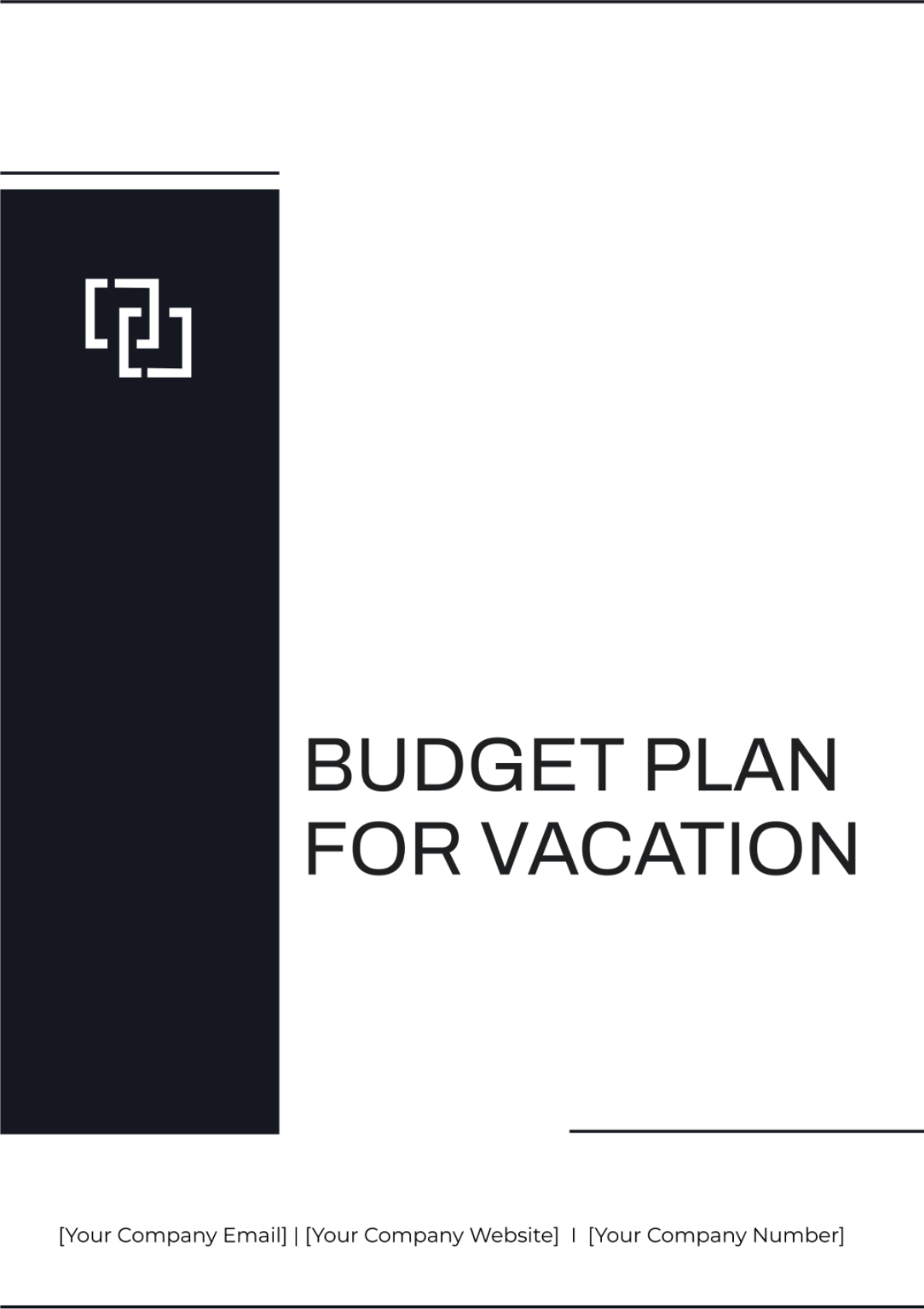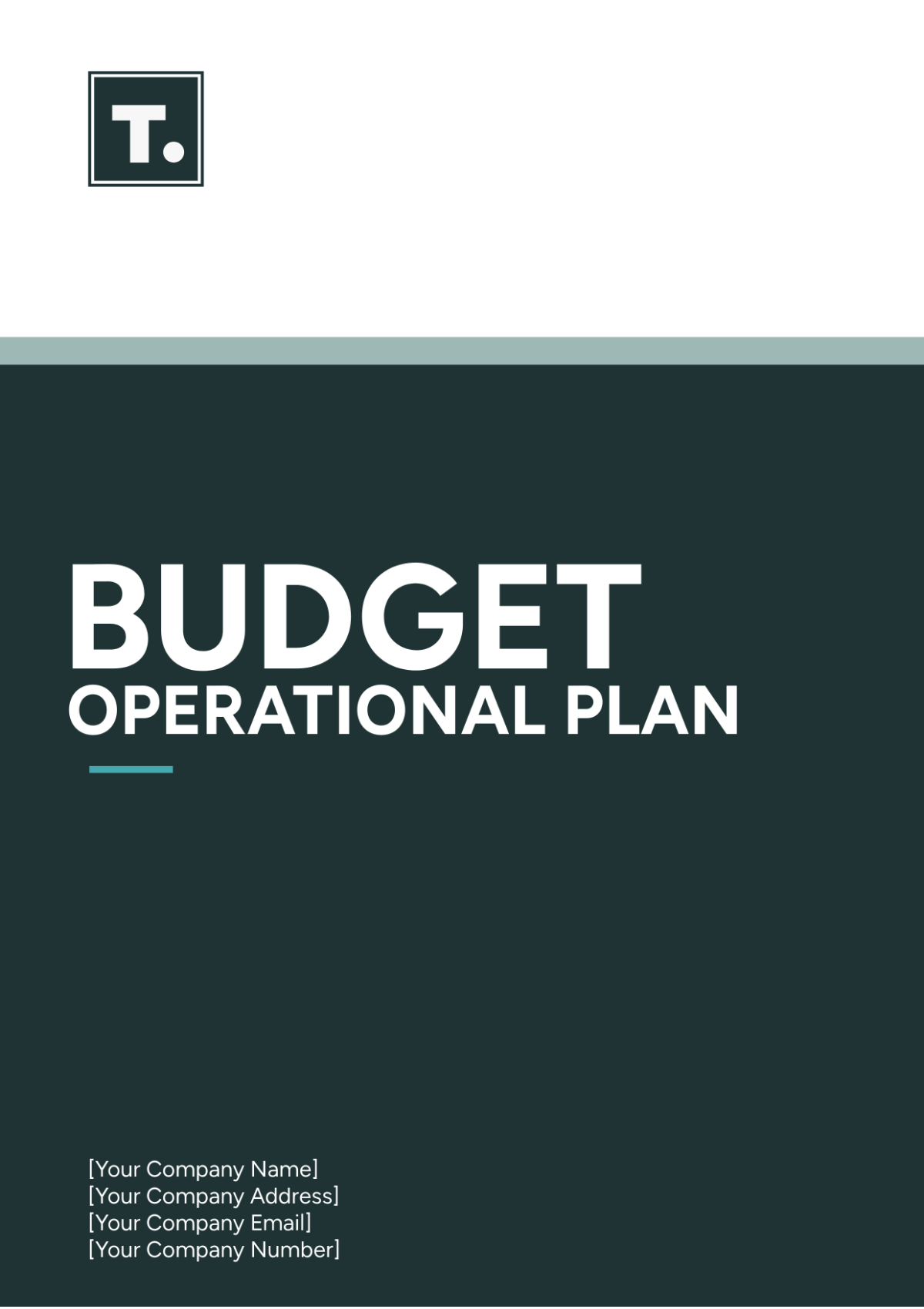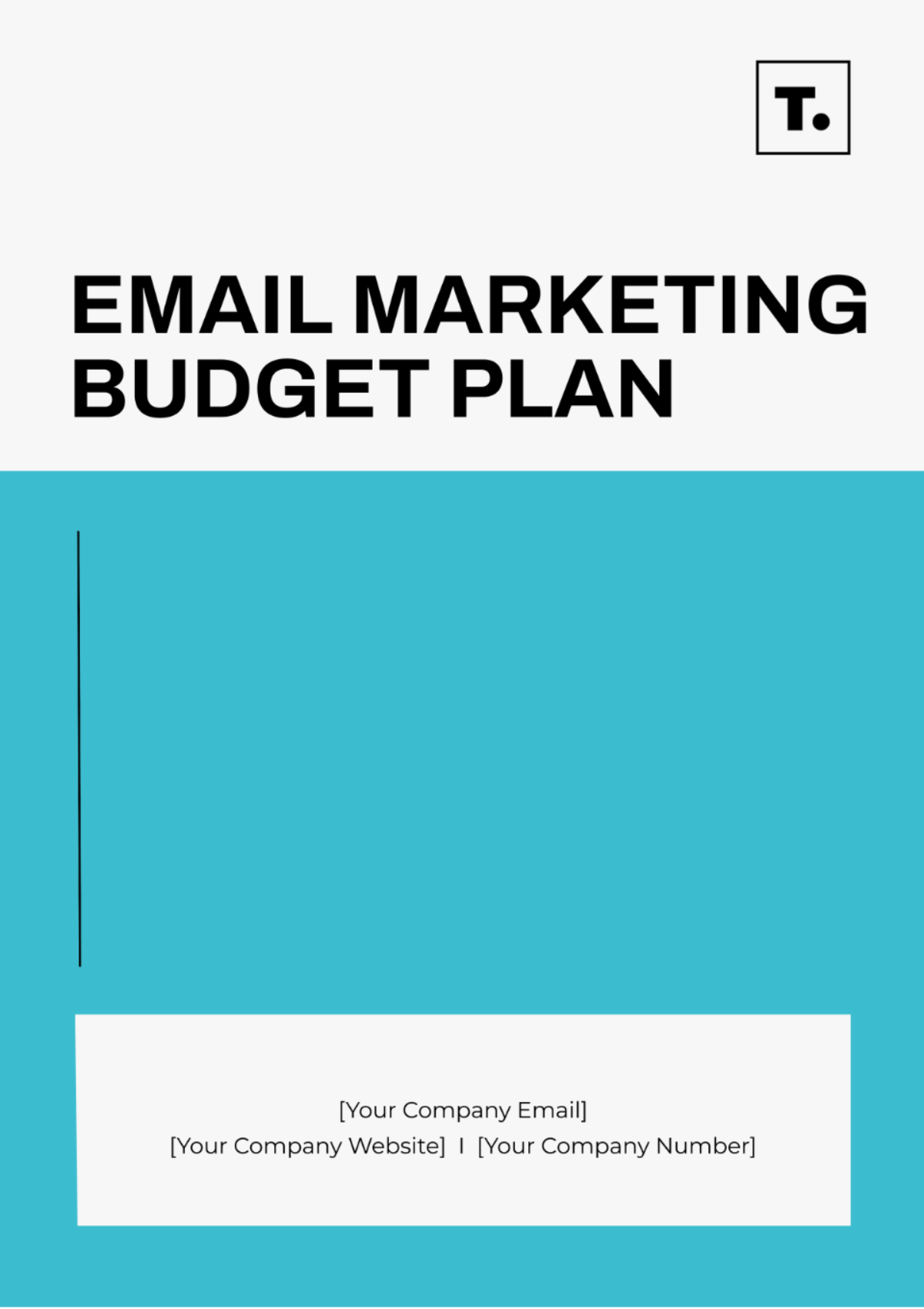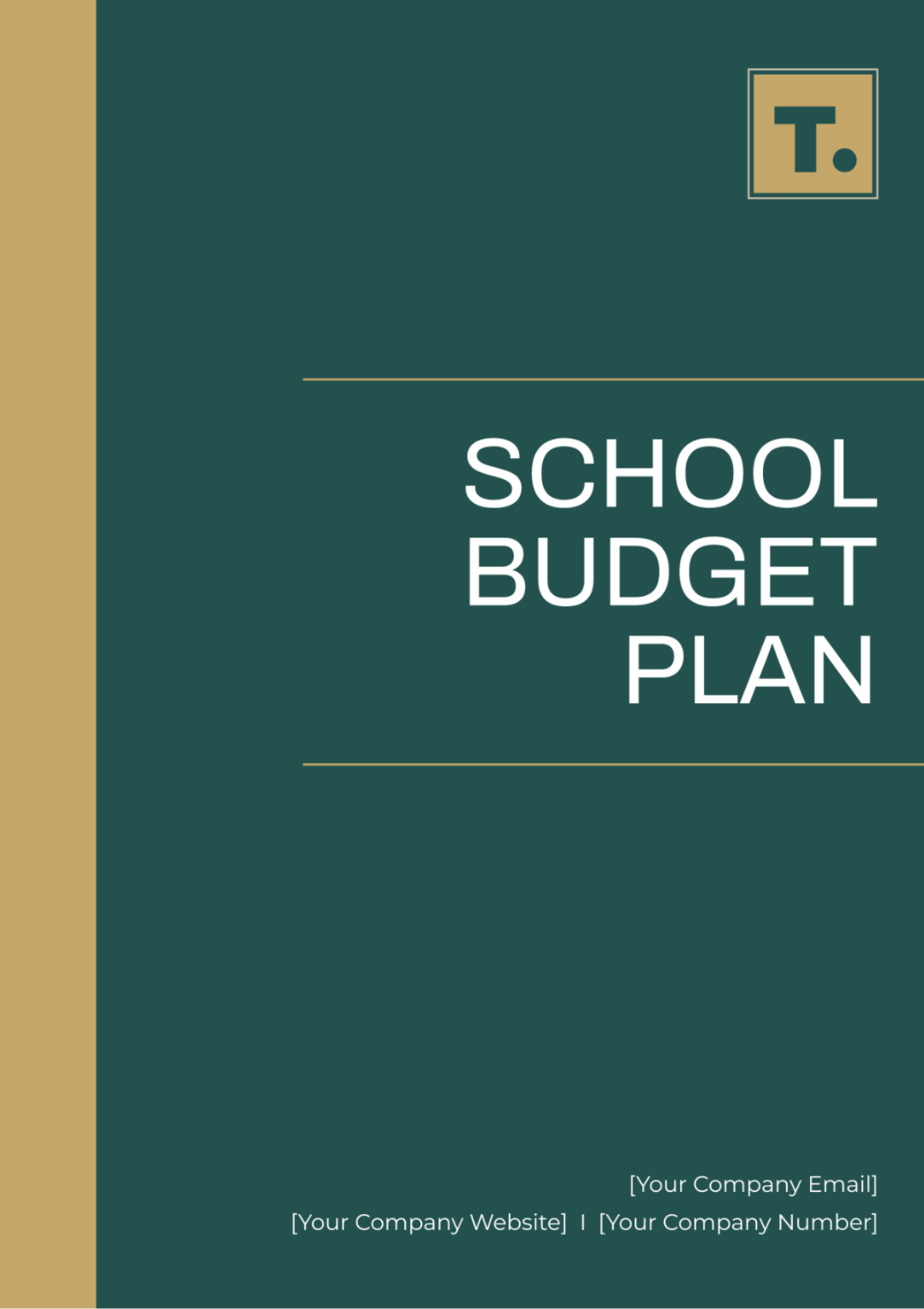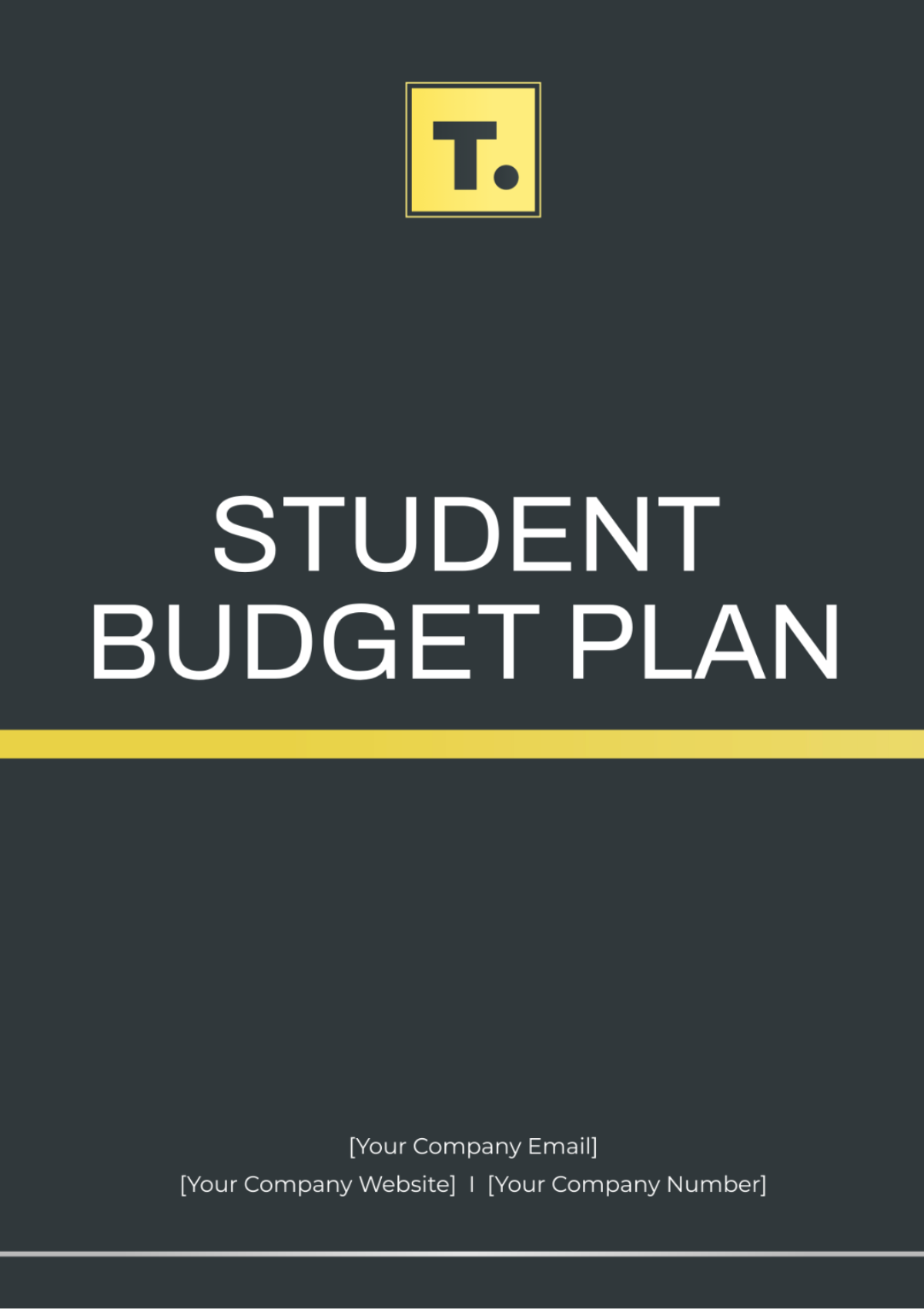Comprehensive School Budget Plan
1. Executive Summary
The objective of this Comprehensive School Budget Plan is to allocate resources efficiently and effectively to meet the educational needs of students. This plan outlines priorities, financial projections, and strategies to ensure fiscal responsibility while enhancing learning opportunities.
2. Budget Goals and Objectives
This section details the goals and objectives that guide the budget planning process.
2.1 Short-term Goals
Short-term goals focus on immediate needs such as staffing, classroom supplies, and maintenance.
2.2 Long-term Goals
Long-term goals include infrastructure improvements, technology upgrades, and program expansion to enhance learning outcomes.
3. Revenue Projections
This section provides an analysis of expected revenue sources for the upcoming fiscal year.
3.1 Government Funding
Details on federal, state, and local funding allocations for the school year.
3.2 Grants and Donations
An overview of potential grants and community donations that support school programs.
3.3 Other Income Sources
Includes other streams of income such as fundraisers and extracurricular fees.
4. Expenditure Estimates
This section describes the categories and estimated amounts of expenditures.
4.1 Personnel Costs
Salaries, benefits, and professional development expenses for all school staff.
4.2 Operational Costs
Resources necessary for day-to-day operations, including utility bills, maintenance, and classroom materials.
4.3 Capital Expenditures
Investments in building projects and technology development that span multiple years.
5. Budget Limitations and Assumptions
An explanation of assumptions made during budget planning and anticipated constraints.
6. Risk Management and Contingency Plans
Strategies for managing potential budget risks and unforeseen financial challenges.
7. Performance Monitoring
Methods and metrics for monitoring the effectiveness of budget implementation.
7.1 Financial Reporting
Regular financial reports to track spending against the budget.
7.2 Evaluation of Outcomes
Assessment of educational outcomes to ensure alignment with budget expenditures.
8. Appendices
Supporting documents, including detailed financial statements, policies, and charts.
Revenue Source | Projected Amount |
|---|---|
Government Funding | $1,000,000 |
Grants and Donations | $200,000 |
Other Income Sources | $50,000 |
